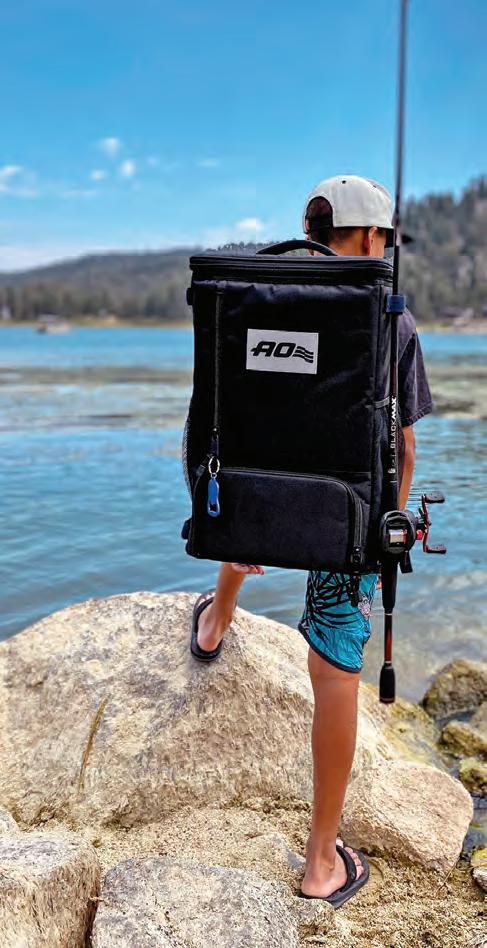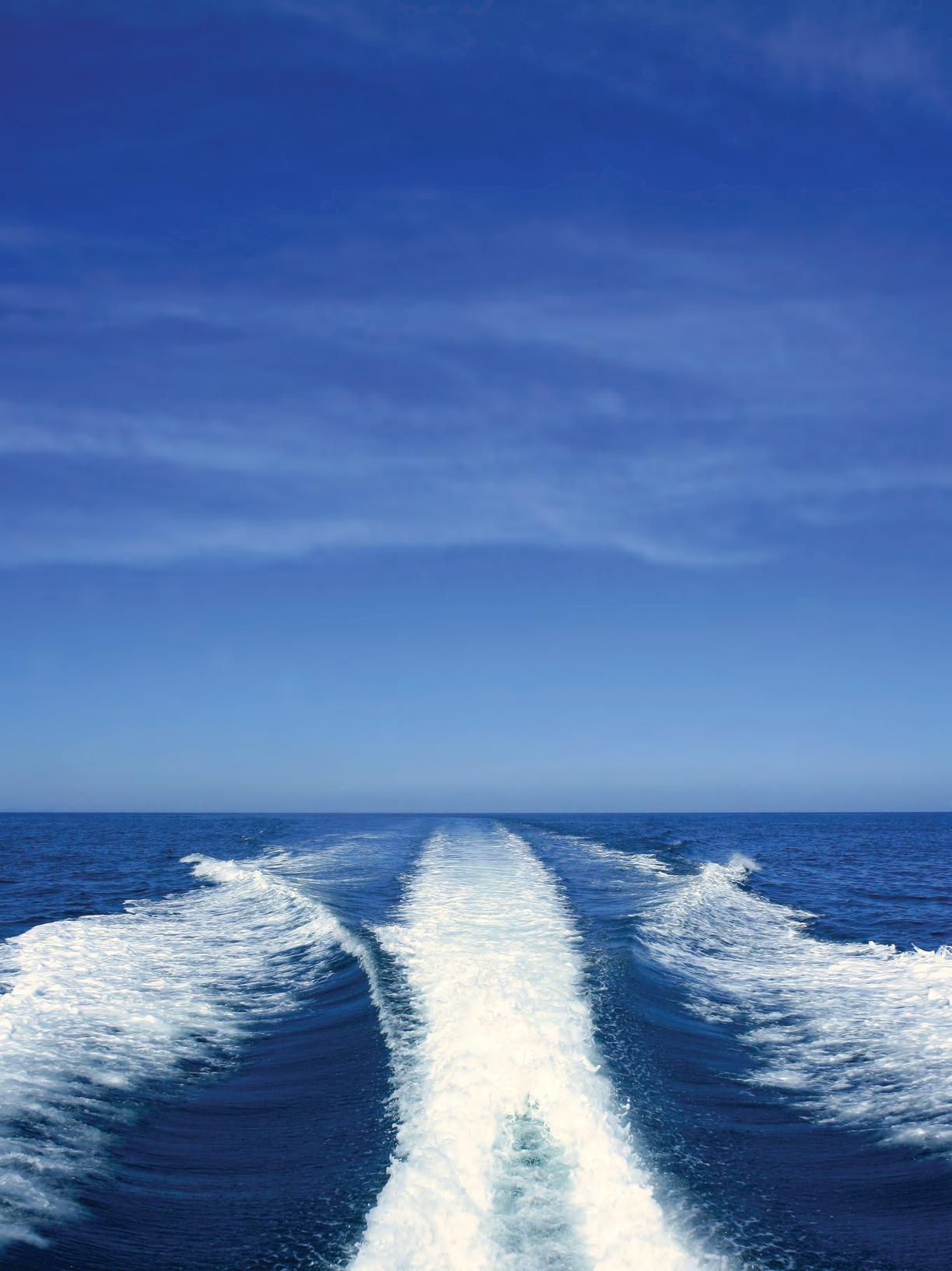




















Nestled in the heart of the Blue Ridge Mountains, Lake Hartwell Country o ers fly fishing enthusiasts a slice of angler's heaven. Within the region of Upstate South Carolina lies pristine rivers, abundant fish species, and stunning landscapes that make it a must-visit destination for those seeking a serene yet thrilling fly fishing experience.

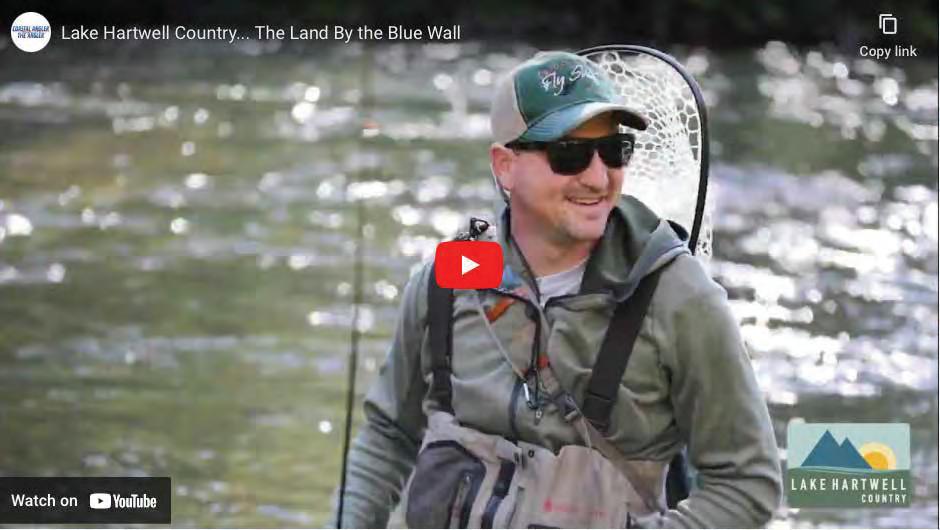
One of the primary reasons anglers are drawn to the area is the diversity of fish species that inhabit its rivers and streams. You can cast your line in search of native brook trout, feisty rainbow trout, or the elusive brown trout. The thrill of pursuing these wily fish in their natural habitat is an experience unlike any other. Popular fly fishing destinations in the area include the Chattooga River, the Chauga River, and the Eastatoe Creek, each with its own unique charm and fishing challenges.
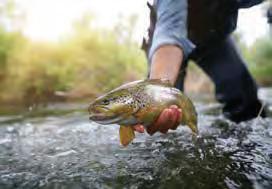
Fly fishing in Lake Hartwell Country is a year-round a air. Each season o ers unique opportunities. Spring brings hatches of mayflies and caddisflies, enticing trout to the surface. Summer provides the perfect weather for wading in cool mountain streams. Fall, with its vibrant foliage, sets the scene for picturesque fishing outings. Even winter doesn't deter dedicated anglers, as some rivers remain open, and trout continue to feed.
For those new to the area or fly fishing in general, local fishing guides and outfitters are available to provide expert guidance. Located in Mountain Rest is Chattooga River Fly Shop, a full-service fly shop with a variety of gear and knowledgeable guides. Travelers can book a full or half-day guided wade trip on either river and experience the best fly fishing nature can provide in the heart of the mountains. They know the best fishing spots, the most e ective fly patterns, and can o er valuable tips to increase your chances of landing that prized trout.
Upstate South Carolina’s fly fishing opportunities are a well-kept secret among passionate anglers. It’s a destination that should be on every fisherman’s bucket list. Local fly shops, fishing clubs, and events create a sense of camaraderie among anglers. It's not uncommon to strike up a conversation with a fellow fly fisherman while casting your line, exchanging stories and tips. Whether you're a seasoned pro or just starting, the waters of Lake Hartwell Country are waiting to be explored, one cast at a time.


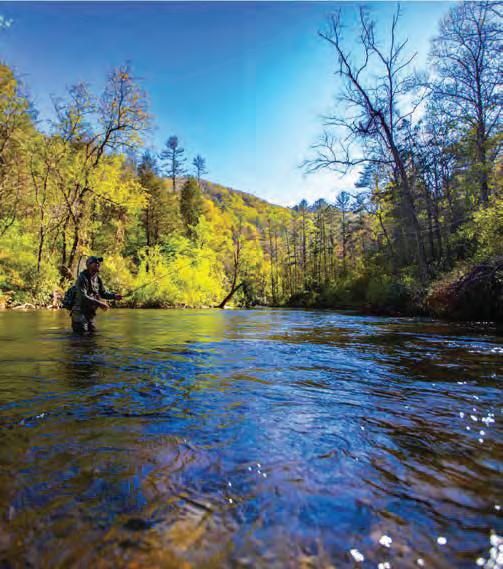
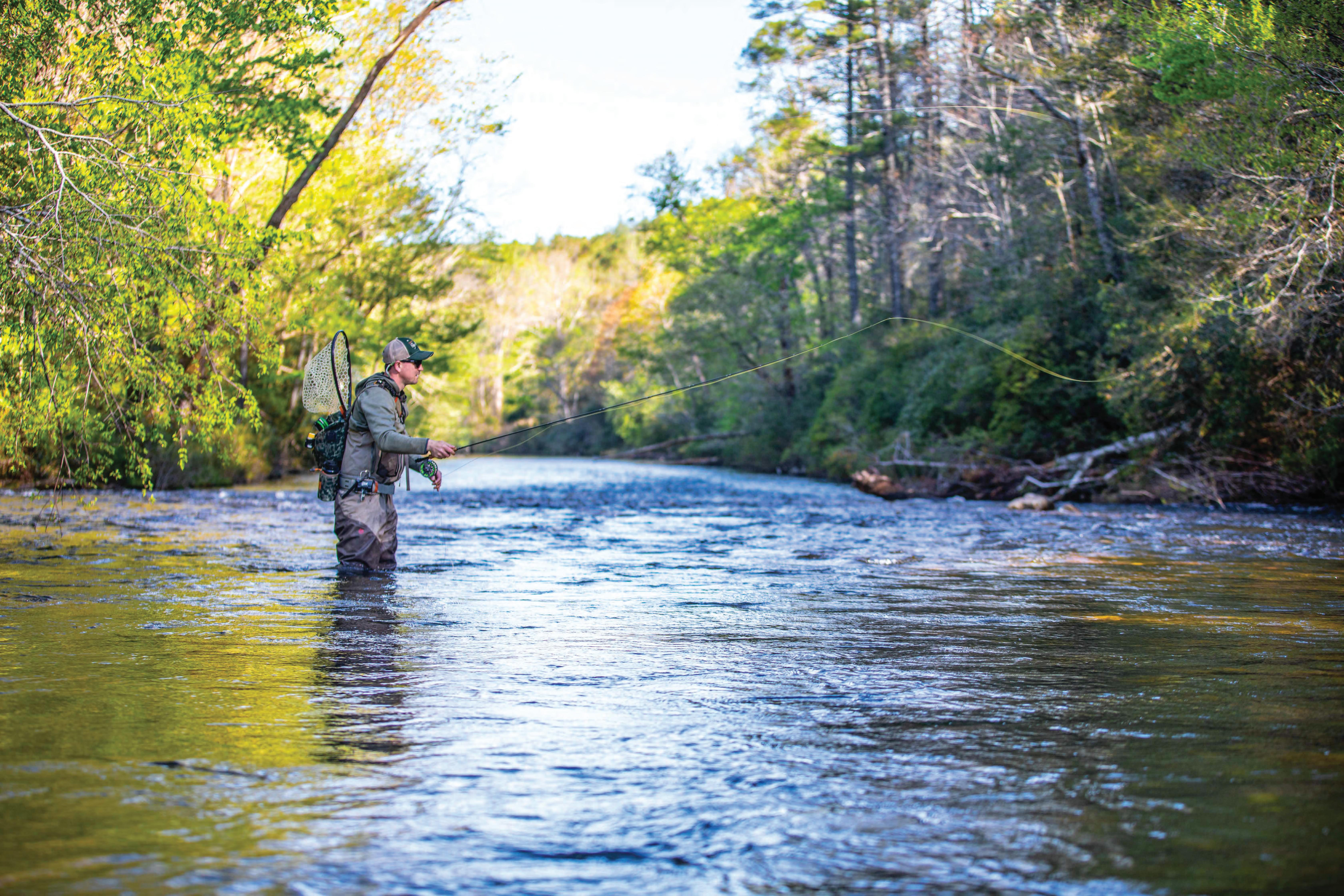
A20-pound mahi might not be surprising off the coasts of Florida or Mexico, but this 21-pound, 48-inch-long dolphinfish is a super rare catch off the coast of Washington State. It’s the largest one anyone’s ever caught there.
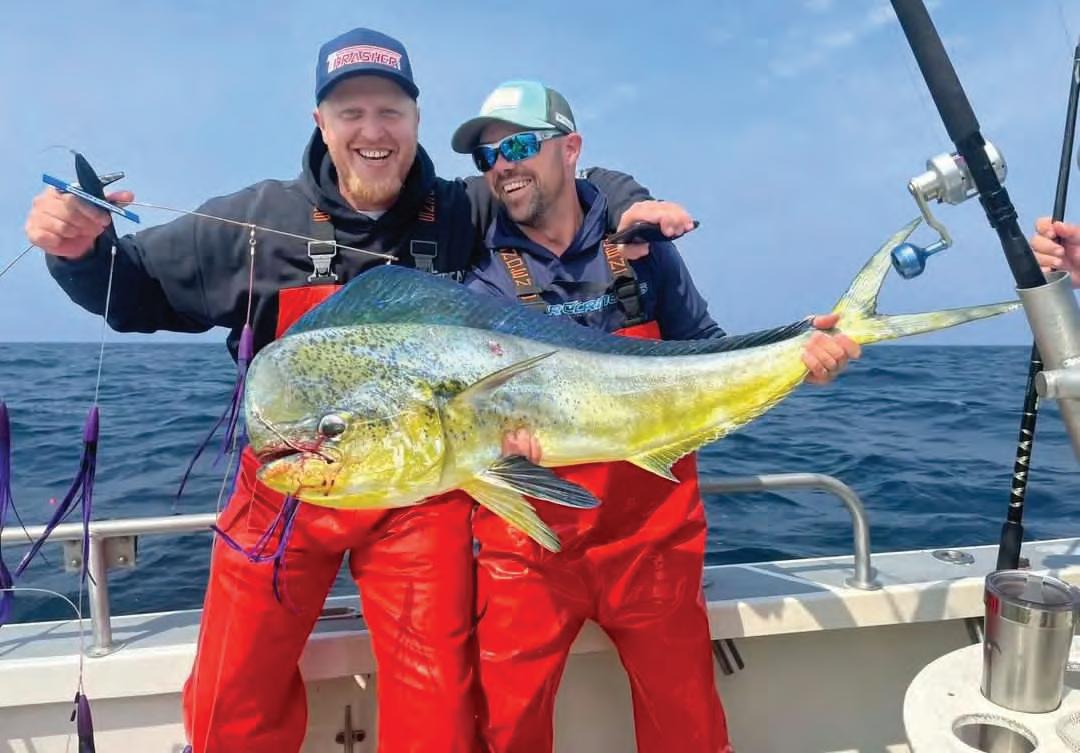
Angler Wade La Fontaine caught his state record mahi 42 miles out in the Pacific off the Washington coast on Aug. 25. He was on a charter trip with Capt. Keith Johnson aboard the Tunacious. They were trolling for tuna with plastic squid lures behind a spreader when the mahi hit.

Upon landing at the dock in Westport, Washington, the dolphinfish was checked by a Washington Department of Fish and Wildlife biologist, then weighed on a certified scale. After review, the record was certified on Aug. 30.
Dolphinfish are sporadically caught by recreational and commercial fishers targeting albacore tuna and other species off the Washington and Oregon coasts, including a handful recorded last year at the ports of Westport and Ilwaco and at least two this summer.
“Most mahi mahi caught off our coast are smaller fish in the 6- to 12-pound range,” read
a WDFW press release. “La Fontaine’s fish — which was 48 inches long and 40 inches to the


inside fork of the tail — was more reminiscent of large dolphinfish caught in warmer waters off southern California, Mexico and Hawaii.”
The previous Washington state record weighed 16.27 pounds. It was caught by Albert DaSilva in 2013.
The charter reported 70-degree water temperature in the area where the fish was caught, which is warm, even for the warmer offshore currents, though not unprecedented especially during El Nino years, explained the release.
“I’m blessed beyond comprehension,” La Fontaine said. “I’ll be getting another tattoo of a mahi!”
Albacore tuna are the primary target for Pacific Northwest offshore anglers, with large schools of these “longfin tuna” abundant off the coast of northern California, Oregon, Washington, and British Columbia in the summer and early fall. Albacore are found in the blue water, a mass of warmer Sea Surface Temperature water typically found off the West Coast of North America during summer and fall, and off Southern California year-round.
For more information, go to https://wdfw.wa.gov/
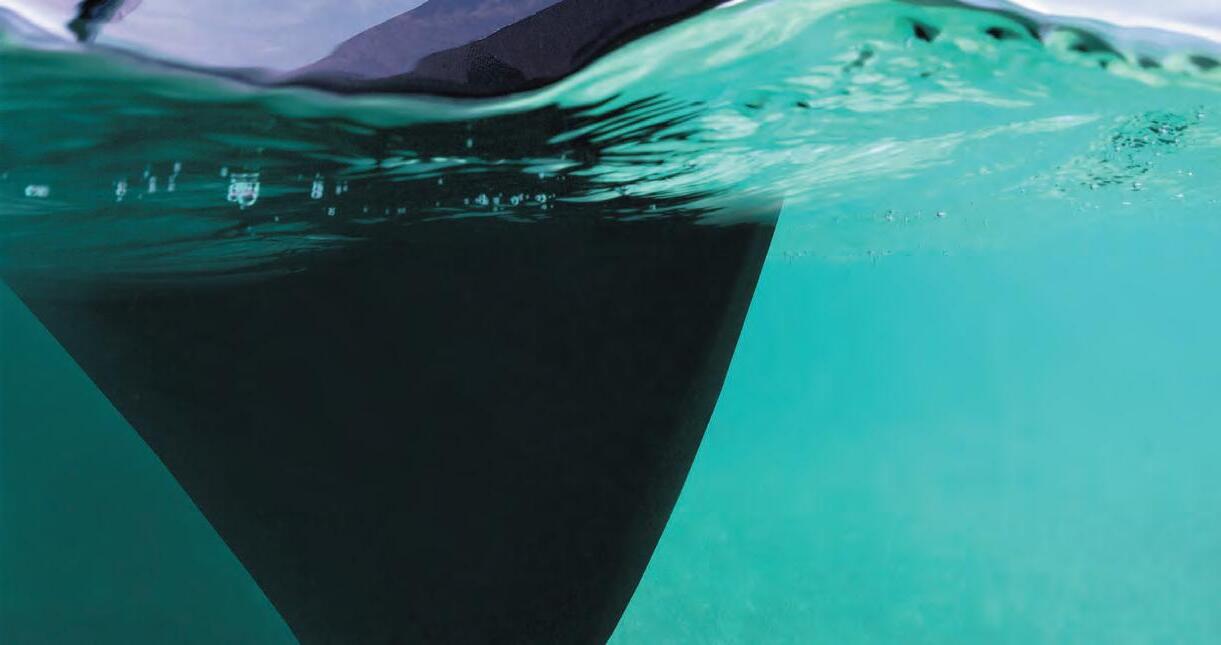
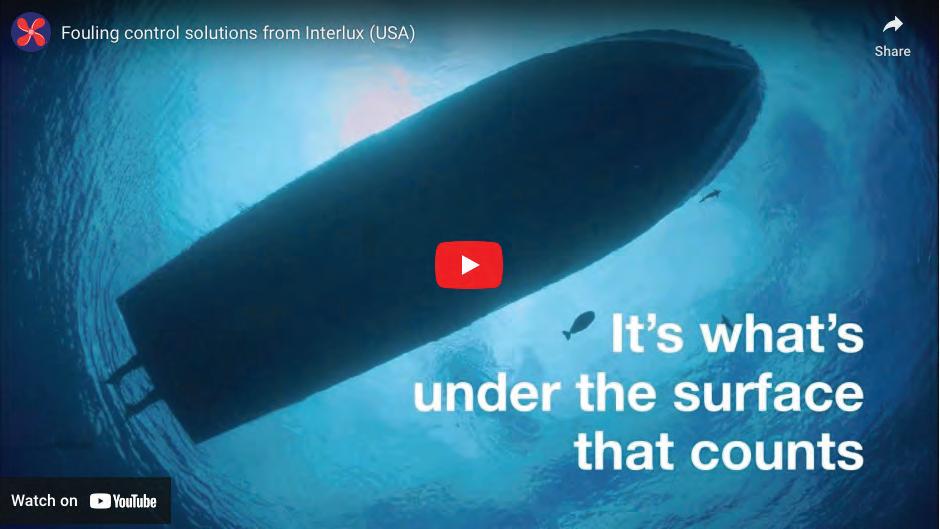
It is so much more than just bottom paint.


Interlux’s range of fouling control products not only improves your performance by protecting your hull from fouling, they also protect against the spread of invasive species, safeguarding your local waters when exploring new regions, therefore helping you make a difference by looking after the waters that have provided you with enjoyment and freedom for so many years.

Like you, we have a passion for boating. We provide boaters the hull protection they deserve with over 140 years of cutting-edge science, technology and expertise. You can expect only the best from every Interlux yacht paint product, providing you the confidence to explore your world.
Relentless performance for every yacht, everywhere, every time.
international-yachtpaint.com
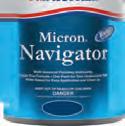

Dear Angler,

Are you looking for a change in the New Year? We have plans to expand in 2024 and are seeking like-minded outdoor enthusiasts who share in our vision to bring our free publication to every town in America!
Do you want to work from home, be your own boss, and control your time and earnings? Then owning your own fishing magazine may be right for you!

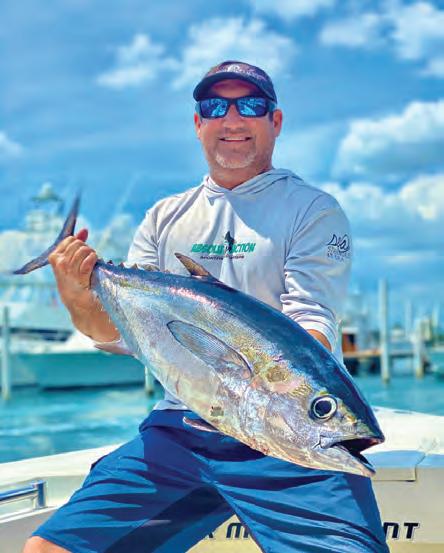
Our ideal candidate for this unique business opportunity:
• Loves the Outdoors
• Loves Meeting People
• Has Prior Business Experience or at Least Three Years of Sales Experience


• Has Good Credit & Driver ’s License


• Is a Self-Starter

If you or someone you know is looking for an opportunity to own their own home-based business and earn a living in the outdoor industry, please contact us at 321.777.2773 x 1 or email info@coastalanglermagazine.com.

Ask us if we have a franchise territory available near you! We have freshwater and saltwater franchise territories available throughout the US and abroad!
Ben Martin Editor In Chief
With a combined national readership of over a million per month and distribution to over 11,000 businesses in four regions, Coastal Angler Magazine and The Angler Magazine are the preferred resources for anglers and outdoor enthusiasts. Our brand is well known throughout the fishing world, and our free monthly magazines are recognized as well-designed, thoughtful publications that provide newsworthy and entertaining information pertinent to the marine and fishing industries.
Be in Business For Yourself...But Not By Yourself. An exceptionally rewarding and fulfilling business opportunity, as a co-publisher of your area’s Coastal Angler or The Angler Magazine, you’ll enjoy the benefits of controlling your own time and future. Our proven franchise publishing system enables individuals with no prior publishing experience to publish a credible and profitable localized version of our award winning magazine. We provide complete training and on-going support to ensure your success.

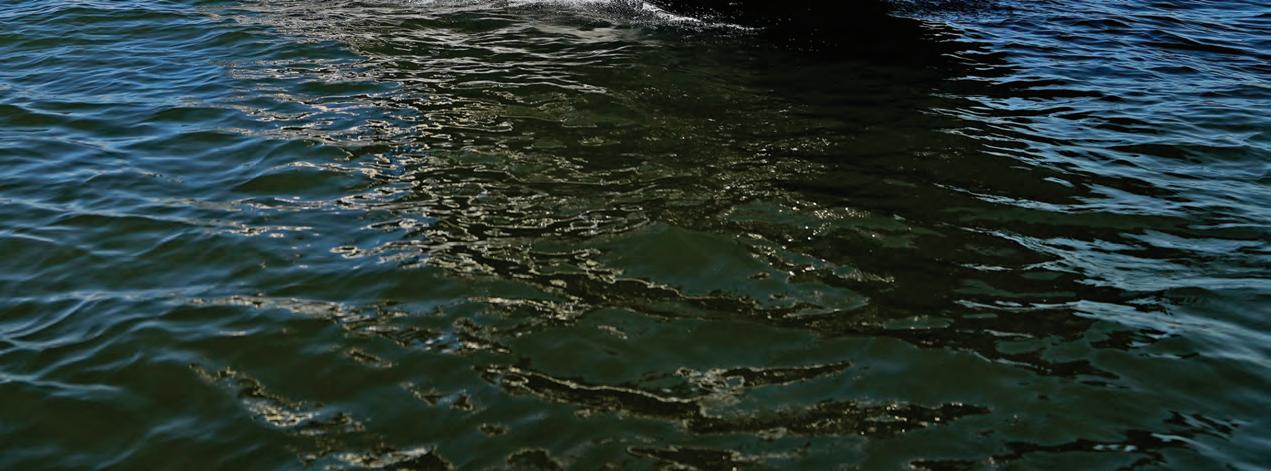



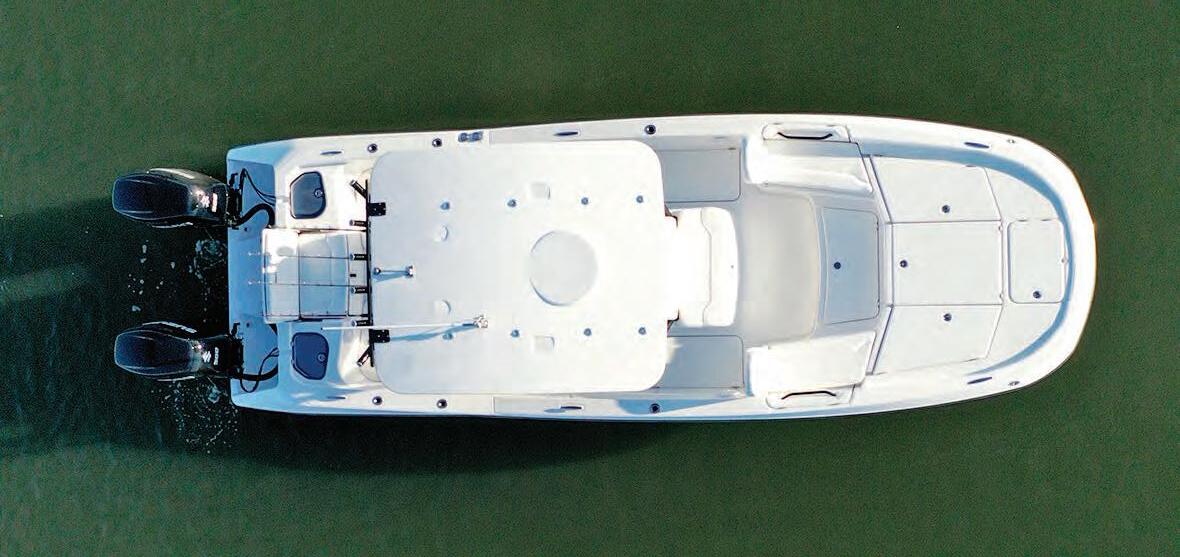
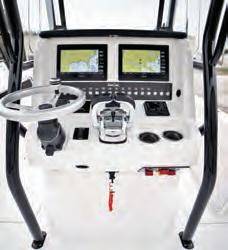

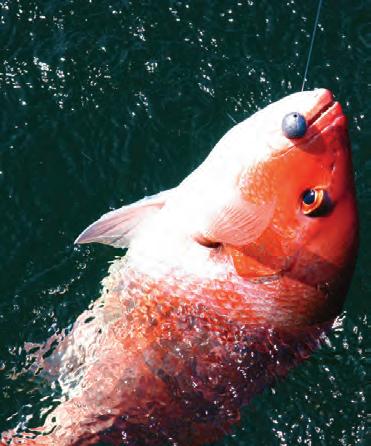
For the third time in the last 13 years, serious flaws have been revealed in the National Oceanic and Atmospheric Administration’s (NOAA) data collection programs for recreational fisheries. A recent pilot study conducted by NOAA itself and published in August found that estimates on angler effort might be overestimated by 30 to 40 percent.
These inflated estimates are important because they are part of the equation used to manage our fisheries. The data is used in stock assessments, and to estimate harvest numbers and recreational discard. By overestimating angler effort, catch data is also inflated, which means the data erroneously reflects a larger harvest by recreational anglers than actually exists.
In a nutshell, the pilot study found that the Marine Recreational Information Program’s Fishing Effort Survey is confusing to respondents, which led to “reporting errors” and “illogical responses.” NOAA said this survey, which is mailed to licensed saltwater anglers, “remains the best and sometimes the only available science for tracking relative year-toyear and long-term effort trends.”
The immediate reaction to this revelation from some outlets was a call to reduce restrictions on recreational anglers. The estimate means fewer fish were actually caught, which means there are more fish still in the water, right? Not so fast. This catch and effort data also figures into stock assessments. The inflated effort
numbers translate to an overestimation in fish populations.
“The news of this significant overestimation has serious implications for all of our fisheries. Since every species is managed differently, the ramifications of this information cannot be quantified under a singular umbrella,” reads a report from the American Saltwater Guides Association (ASGA). “It does not mean that because fishing effort is less than originally expected, there must be more fish to harvest. In fact, it will mean there needs to be a major re-calibration because effort is used to help determine stock size. If we have overestimated effort, we also overestimated the stock. We must go species by species to understand the best path for management moving forward. Now more than ever, we need to be precautionary in our management approach.”
NOAA has indicated it will initiate further studies into the findings of its pilot study, according to the ASGA report. Meanwhile, a group of marine conservation and recreational fishing organizations has ramped up its call to wrest control of recreational data collection from the federal government and turn it over to state agencies.

“Yet another major revision to the federal recreational data collection system is upon us, and it should bring a realization that NOAA is just not capable of doing this job,” said Ted Venker, conservation director of the Coastal Conservation Association. “At best we are
By CAM Stafflooking at several more years of questionable revisions, recalculations, and recalibrations based on a suspect data system that has never proven it can produce accurate information. This is no way to manage a public resource. It would be irresponsible to continue down this road rather than exploring and supporting statebased options to better manage the recreational sector wherever feasible.”
Read NOAA’s report on its pilot study at www.fisheries.noaa.gov/recreational-fishing-data/ fishing-effort-survey-research-and-improvements.
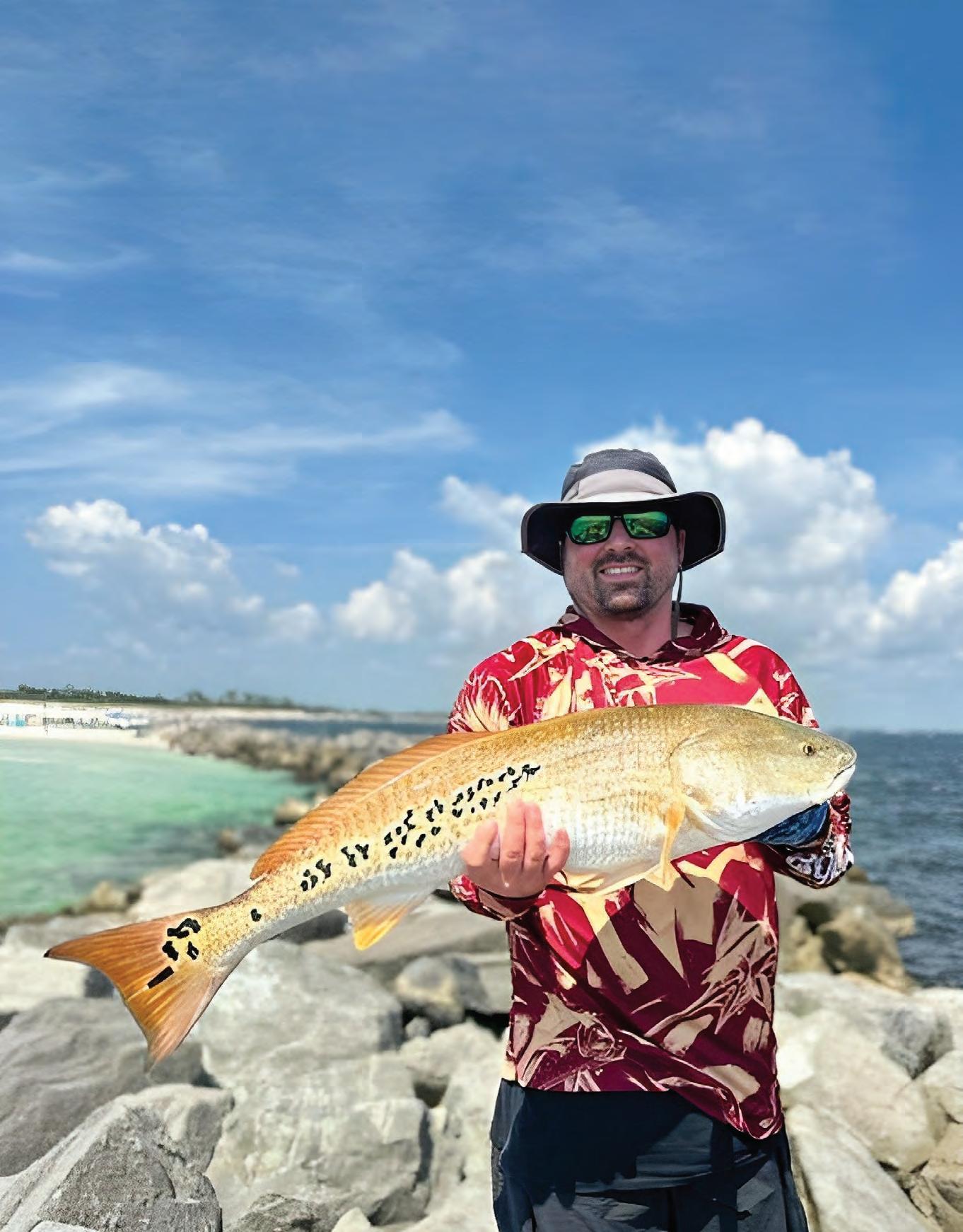
The presence of life was obvious long before we reached the jetty. On an outgoing tide, dingy water rushed through the channel cut from the bay to the ocean. It flushed with a brown plume that carried the detritus of marsh decay.
Diving birds were the first sign we were in the right place at the right time. As we got closer, other anglers came into view. There were a couple of boats jockeying for position off the end of the jetty, another trolled the rip farther offshore, and the beach brigade was set up fishing that corner pocket where current flowing down the shore piled up against the rocks.
Pods of pogies flickered and darted,
harassed by gulls from above and by redfish, trout, small sharks and who knows what else from below. Blue crabs skittered around doing cleanup duty just outside a light surf.
With all this life, catching fish shouldn’t be a problem, right? Well, if you talk to any veteran of the rocks, they’ll tell you putting in the time to learn a particular jetty is the key to success. Every jetty has its own peculiarities, its best times and tides, its hidden holes and mixing currents.
Here are a few tips to help flatten the learning curve at a new jetty.


The food chain of a jetty is created by the stuff pushed against the rocks. The rocks also
create current breaks and hidey holes where predators lay in ambush for baitfish, shrimp and crabs that feed on the buildup of organic matter. Start your search close to the rocks. Work quickly but meticulously to pick a jetty apart. You can’t see everything that’s going on under the surface, but with experience, the sweet spots will become evident.
In the scenario above, it was our first time to this jetty, and we went straight in with a cast net to scoop up pogies. It seemed obvious to match the hatch, and we caught some fish… mostly stingrays and catfish. As
PHOTO CREDIT: DON SHETTERLYmagic combination of factors to produce a more exciting catch, an old man posted up in a beach chair came tight with an enormous bull red. After helping him land the fish and jawing with him a while, he gave up a secret. He’d been fishing the jetty for years, and big reds and tarpon at this spot are suckers for half a fresh blue crab fished on the bottom. Because jetties draw anglers as well as fish, being friendly or just watching can lead to solid local knowledge.

Fish where fast and slack current meet. Predators hang in the slack and wait as a conveyer belt of food is swept past them. Conversely, baitfish also seek refuge and stack up where there is current shade. Either situation makes these areas high probability targets for anglers.
For more fishing tips, go to coastalanglermag.com.
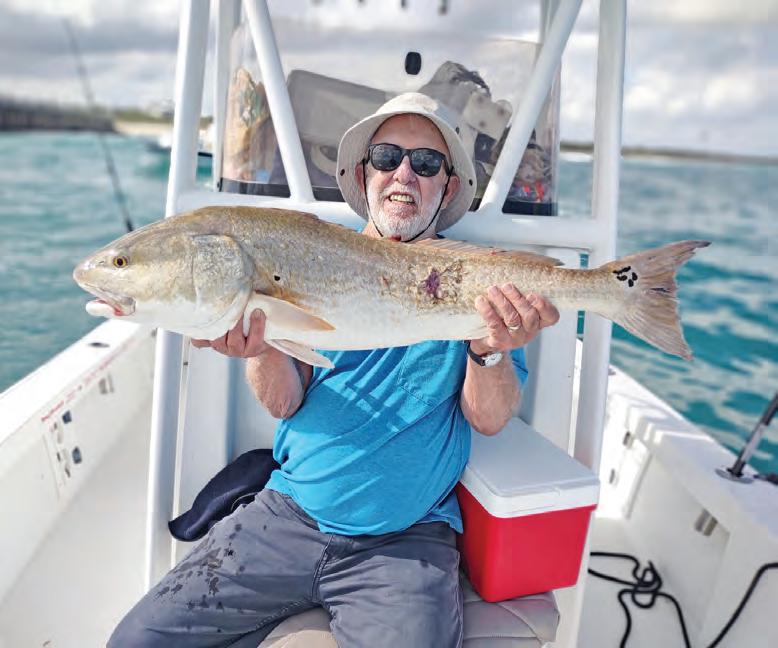

 PHOTO CREDIT: WAYNE CROSS
PHOTO CREDIT: QUINO AL
PHOTO CREDIT: SHANE TROTTIER
PHOTO CREDIT: WAYNE CROSS
PHOTO CREDIT: QUINO AL
PHOTO CREDIT: SHANE TROTTIER


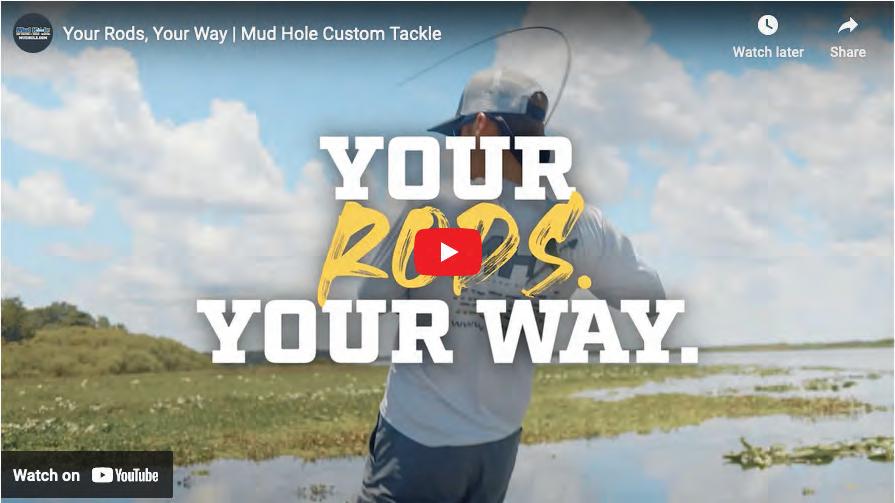
As a custom manufacturer, Young Boats prides itself in meticulous attention to detail throughout the entire construction process. We have found there are no shortcuts in building quality custom boats; nevertheless, we feel the end product more than justifies the means of their development and construction.

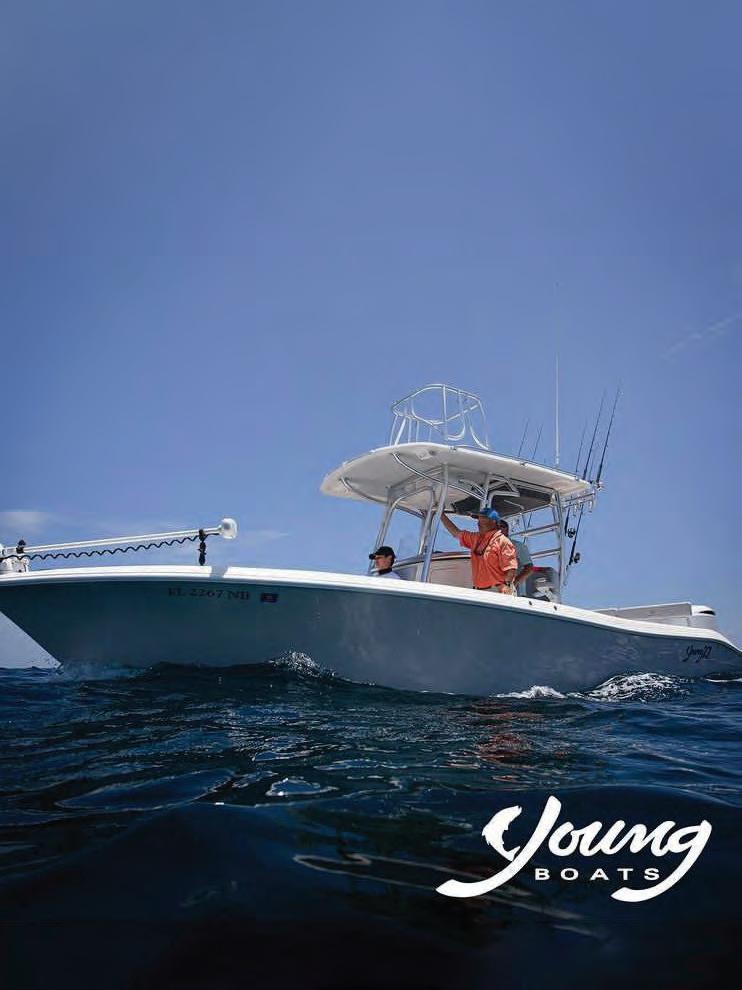
The Perfect Boat… does it exist? Most would say there’s no such thing, especially when you live in Islamorada, Fla., the most versatile fishery in the world, where you can catch a bonefish in less than a foot of water and a swordfish in 1,500 feet of water.

However, the perfect boat is more possible to achieve when you can fully customize it at the factory. That’s where we land on Young Boats. Their motto is there are not two Young boats that are the same. Grab a piece of paper and a pencil, and draw out exactly where you want your console, livewells, hatches, seating, etc. While you’re at it, pick out virtually any color hull and upholstery. Once you’re done, compare the price to pretty much any other comparable cookie-cutter brand boat. You will be shocked!
Capt. Brandon Storin took advantage of this opportunity and built a 24 Young Gulfshore. He enjoys fishing offshore in the Atlantic,
By Astrid DeGruchybackcountry in Everglades National Park, and out in the Gulf of Mexico. To handle such diverse surroundings, he built a boat with high gunnels for seaworthiness. That same boat floats in just 11 inches of water, which means on plane it can practically run over spit. Bridges are a common obstacle in the Florida Keys, where most boats with T-tops or towers must go around to make clearance, but Capt. Storin also enjoys sight fishing, so what’s the answer to this? Raise the console/leaning post with no top, so it can still sneak under low bridges at high tide, while still providing the elevated advantage to spot that sailfish, mahi, tripletail, cobia, permit, and more. Robb Young, owner of Young Boats said, “Our Gulfshore was developed to be fully customizable… our use of modular deck molds
and custom gunnels allow us to move around locations of livewells, fish boxes, coolers and consoles, while our efficient spray and grit finish ensures a high-quality product. We really enjoy the process of building and delivering boats, factory direct. This allows us to meet the owner and learn their specific application and fishery and with this information at hand, we have the capability to construct a boat that perfectly caters to their requirements. This can be a gamechanger, especially if someone fishes over 200 days a year.”
This boat will be the most versatile vessel in the most versatile fishery. You can check it at the Ft. Lauderdale Boat Show where it will be unveiled. For more information, check out Young Boats, and start building your idea of “The Perfect Boat.”
For more info, visit www.youngboats.com
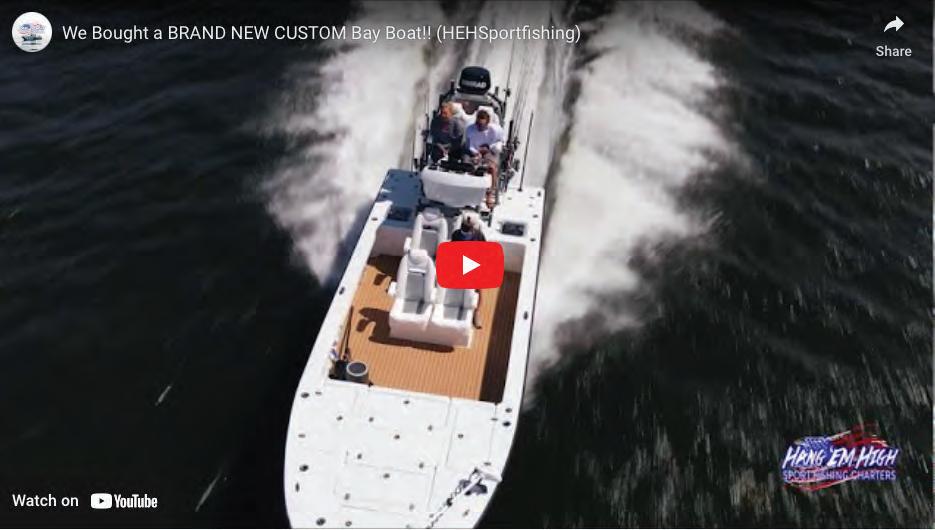
Forty-nine reservoirs stretch across the Tennessee Valley like a string of pearls. And for those who love to fish, those lakes are just as valuable. Whether it’s bass, crappie, walleye, or catfish, whether for sport, food, or just fun, you can find world-class lake fishing only hours away from any spot in the Tennessee Valley. From more than 11,000 miles of shoreline or while floating on more than 700,000 acres of water, residents and visitors will quickly learn why this area is considered one of the best fishing destinations in the U.S. and, some would say, the world.
Fishing from the shore can be restful and rewarding—and anyone can do it. All you need is a little intel about how to find a spot where the fish might be biting. Here are a few tips for successful shore fishing from the Tennessee Wildlife Resources Agency:
• Fish are often swimming near the shore in the spring and fall. If you’re fishing from the shore in the heat of summer, do it in the evening or early morning—or even after dark.
• Fish near-unique features such as docks, logs, trees, rocks, or rocky areas; aquatic vegetation; or places where creeks enter the water.
• When fishing in moving water, look at the surface for boils and breaks—this means there is some underwater structure blocking the current, which could be the perfect hiding place for fish.
• Begin fishing (casting) close and parallel to the bank, then work your way outward (fan casting) toward deeper water.

• If you don’t get any bites, try switching baits. If this doesn’t work, move to another hole.

• Wear polarized sunglasses so you’ll be able to see fish as well as submerged objects more clearly. (Your eyes will also be protected from the tackle.)
If you love outdoor sports—boating, hunting, fishing—and the natural world, or if you just like to observe wildlife, build birdhouses, maintain a bird feeder or are just curious about the critters in your backyard, the Tennessee Wildlife Resources Agency is here to help enrich your outdoor experience. Visit us at www.tn.gov/twra/




In the Carolinas, October can be one of the most productive times of the year for one of the most exciting fish in the ocean. Whether you are a tournament fishermen or a weekend warrior, the sound of drag screaming gets all of us excited. King mackerel can be found from the surf out to the deep live bottoms this time of year in the Carolinas. But larger numbers of these fish are in 30 to 60 feet of water. Seeking out productive locations can be pretty simple. Find a live bottom in the depth I mentioned, and you are going to find fish. A lot of people like to target them this time of the year on the beaches, particularly around jetties and inlets where bait is thick. These areas tend to develop tide lines during tide changes, and fishing the clean side of the water can result in some great catches. I have always preferred to fish schools of bait along the beach, running and gunning and trolling the outside areas

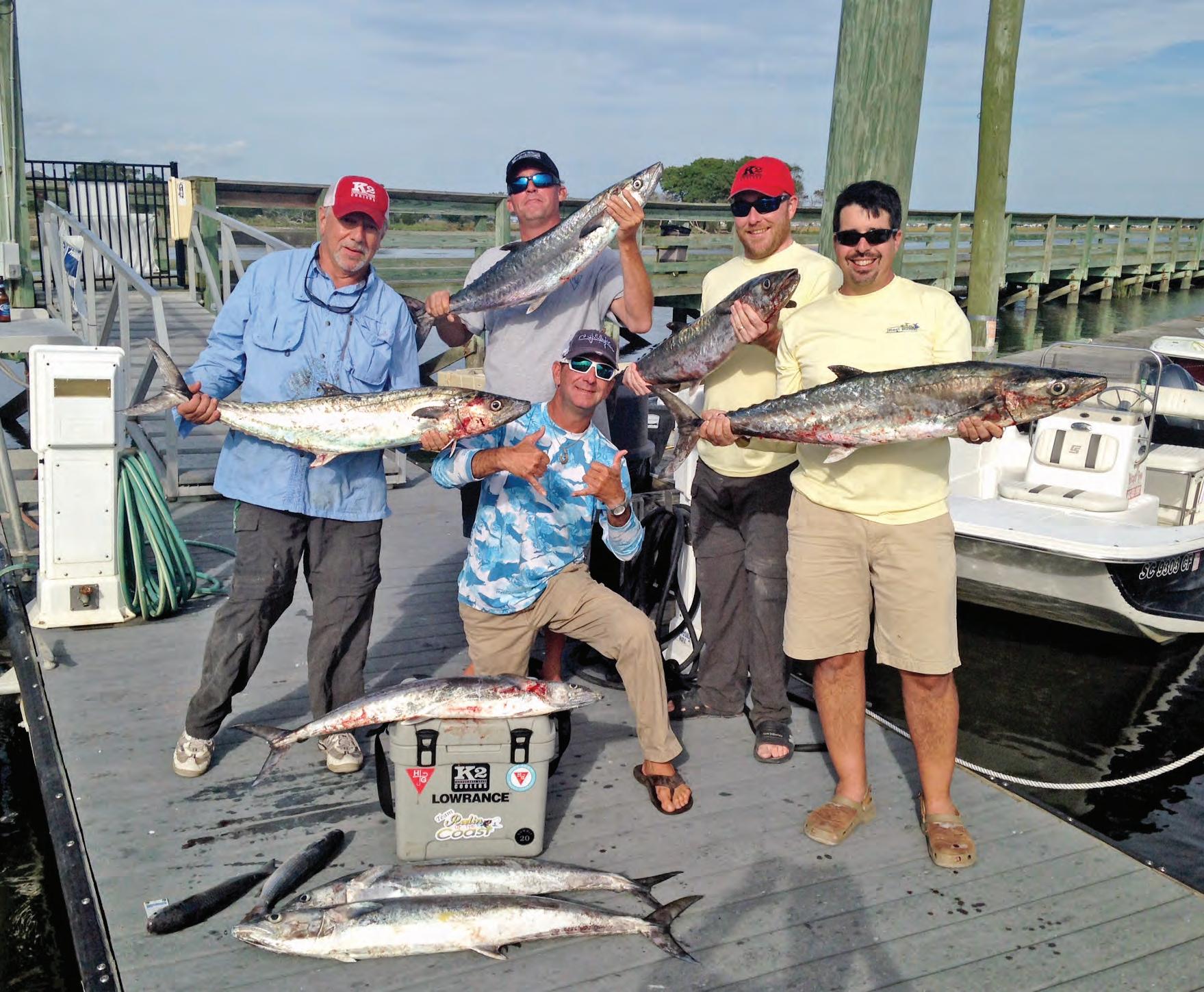
of these schools. Typically, the biggest females hang out on the edges chewing on a buffet of bait.
By Englis GloverOne of the great things about targeting mercury missiles is you can do it from any size boat if you pick your day carefully. It is very important, no matter the boat size, that you have good rod holders. I like to fish a max of five rods with live bait and will fish three or four if it is rough. It does not take a lot of baits in the water to ignite a bite. But a spread of good live baits can produce the best results.
Typically the best bait is the most accessible bait. From mullet and bluefish to the popular menhaden, they all work great. The plus to a bigger bait is they are hearty and will last longer on the hook. Having good live bait will increase your success exponentially.
In cases when I cannot find live bait, I have great success with cigar minnows and Boston mackerel. These baits troll best with a jig head for a nose hook to keep them from spinning while trolling. I always take the bait and bend and flex it to make sure it looks as lively as possible. I have also added legal-size Spanish mackerel to the spread. They produce some big fish. These also troll better with a jig head for a nose hook, and I try to include two or three stinger hooks in my rig to help eliminate a miss on a short strike. Remember, colder mornings can make bait difficult to find on the surface this time of year, so come prepared with some frozen bait on the boat.
Capt. E can be contacted at englis1970@yahoo.com.


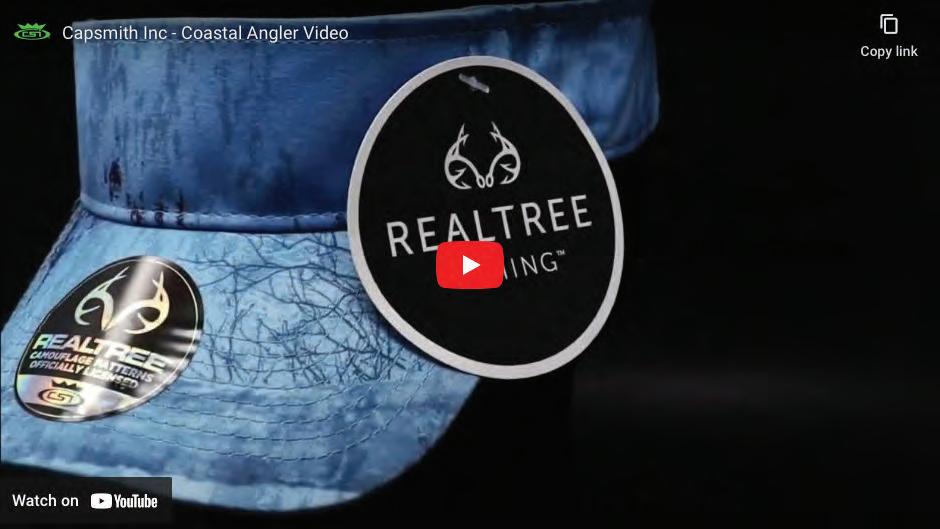


Suzuki Marine, USA LLC has launched two new additions to its powerful lineup of outboard motors — the newfor-2023 DF350AMD and DF300BMD V6 4-strokes.
These 350 and 300 horsepower models with contra-rotating twin propellers are the first Suzuki outboards to offer the benefits of advanced integrated steering. Integrated steering allows for more streamlined rigging of these V6 outboards on a range of inshore, offshore and freshwater boats, while also providing a cleaner appearance in the motor well. Because integrated steering eliminates concerns about interference and clearance issues created by external steering cylinders, boat builders can more easily rig these popular outboards on a variety of hull types in single or multiple engine configurations. Integrated steering also reduces the possibility of the steering cylinder hitting the motor well if the outboard is tilted too far forward.
Suzuki has also engineered a new lower gear case for the DF350AMD and DF300BMD (also available on all five series 350A/300B models), designed to enhance durability,
increase top-speed performance, improve fuel efficiency and make maintenance and service easier. The new design delivers superior gear lubrication and maintains the gear oil at a lower temperature, increasing durability and reliability over the long run — even in the toughest operating conditions.
The external surface area of this new gear case has also been reduced and reshaped, allowing the lower unit to slice through the water with less resistance. By doing this, Suzuki is able to deliver a marked improvement in both fuel efficiency and top-end performance for today’s boats. This streamlined gear case has the added benefit of reducing the amount of gear oil required from 3.2L to 2.8L. This new gear case also features a new oil passage that allows users to easily change the gear oil with Suzuki’s gear oil changer without having to lift the boat. This improvement will make it easier for boaters to stay on top of scheduled maintenance and keep their new Suzuki’s running strong season after season.
These new flagship models offer all the advanced technology and performance boaters expect from Suzuki’s popular

DF350A and DF300B models (which will still be available in their original configuration). In addition to the proven performance and efficiency benefits of Suzuki’s dual-prop system, these motors boast a long list of features including a unique dual-louver air intake system, dual fuel injectors, variable valve timing, a self-adjusting timing chain, offset driveshaft design, Suzuki Lean Burn Technology, and more.
To learn more about the new DF350AMD and DF300BMD V6 4-strokes, or Suzuki Marine’s industry leading line-up of outboard motors from 2.5 to 350 horsepower, contact Suzuki Marine USA headquarters at (813) 687-7200 or visit www.suzukimarine.com.





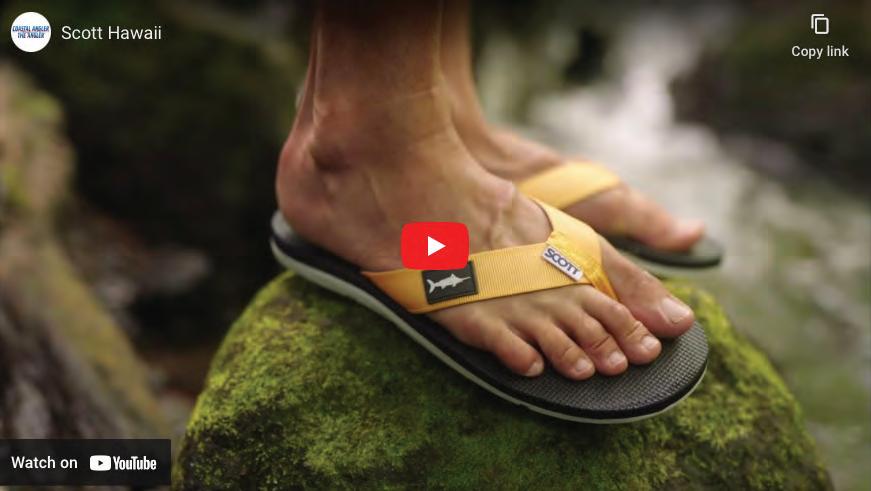

Catching a grander is one of the most sought-after feats in sportfishing. Boats, crews and anglers enter rare air when they hook and land a 1,000-pound-plus marlin, and untold time and money are spent chasing the dream.
Fishing solo from a 22-foot boat, angler Arnold Pauro achieved his lifelong dream Aug. 25 when he hauled in a 1,128-pound blue marlin that is a new record for the Cook Islands. According to the Cook Island News, Pauro came tight with the huge blue fishing just 3 miles off the southern end of the island Rarotonga.
Rarotonga is the most populated of the Cook Islands, which is an archipelago nation
out in the middle of the South Pacific northeast of New Zealand. Rarotonga is renowned for excellent flats fishing, especially for bonefish, and like many volcanic islands, the water drops into thousand-foot depths just a few miles offshore. This creates a situation where blue-water fishing is very accessible, even for anglers in smaller boats.
According to the Cook Island News, Pauro managed to subdue the giant fish solo in his small boat, Haurua, by keeping a short line. He first brought the fish boat-side after just three minutes, and then all hell broke loose. Arnold told the news outlet that the fish jumped 40 or
50 times and ran out of steam after about an hour and a half.
“I kept it to 50 metres of line, kept it short, I don’t like letting my marlin go,” he told the Cook Island News.


Arnold’s fish topped the Cook Island weight record of 1,045 pounds, which was set by angler Paku Poila in November 2020. The IGFA all-tackle world record for blue marlin was caught off Brazil in 1992. It weighed 1,402 pounds.
To read the original report, go to www.cookislandsnews.com.



Suzuki’s DF2.5: Small in size but big in features.
Weiging just 30 pounds, the portable and versatile DF 2.5HP outboard motor is the lightest Suzuki 4-stroke motor ever built. This smooth and quiet engine is water-cooled for increased dependability, features a digital CDI, and its anti corrosion system ensures the aluminum propeller stays durable in marine conditions. Steering and throttle tension and control are easily adjustable. Simple steering action for maneuvering in tight quarters. Easy-togrip carrying handle conveniently tilts the motor up when needed. Meets the rigorous EPA 2010 and CARB 3-Star Ultra-Low emissions standards.
Drawing to be held 12/22/23. Winners will be announced on Facebook.


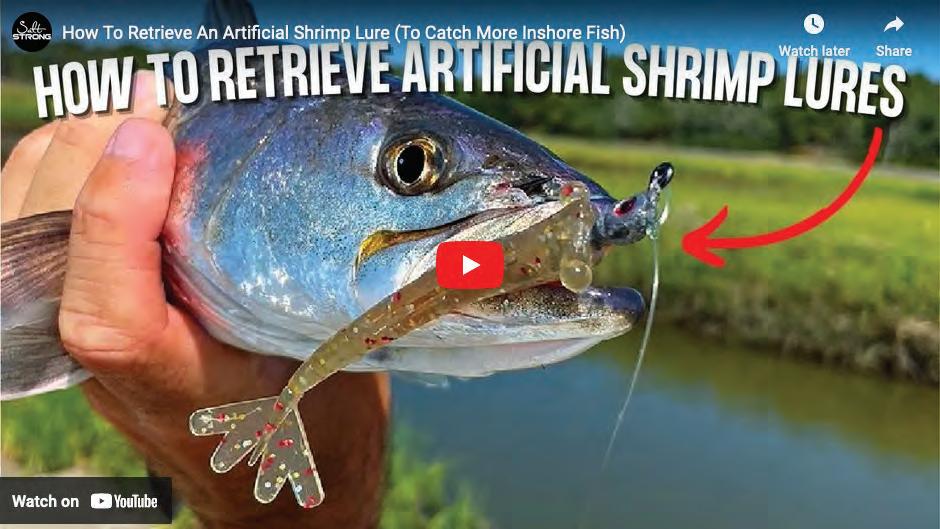
In the Atlantic, mature white shrimp go on the move in fall and transition to tighter fall and winter homes in the ocean. There are only a few fish that do not actively seek out white shrimp this time of year. For almost all the fish we seek to catch, it’s the ultimate bait.
At one point in my life, I spent an incredible amount of time cast netting and storing white shrimp (green tails) for trout fishing in October, November and December. The biggest problem with shrimp as bait is all the trash bites from pinfish and all the other little snappers. Snook and tarpon will definitely key on a big pretty shrimp, but keeping the trash off of them is difficult. Everything down there will give a shrimp a whack and at least take a few legs or the tail off. This is the reason I went the artificial route years ago when it comes to shrimp.
There is nothing, I mean NOTHING, more effective on inshore species than a live shrimp with a 6/0 - 8/0 circle hook under a sliding cork or freelined. With that said, I’ve taken the path of least resistance and now fish a DOA Shrimp on a
Tim Barefootjig head. It gets the bite, and I don’t spend hours messing with live bait or netting it on the morning of the trip.
I’m not saying catching live shrimp is a
because a shrimp’s legs and underbody are red in the dark and at first light. When the sun gets up, I switch to the “near clear” color when the water is clear, but only if they stop eating the measles color. You can’t fix what ain’t broke.
I mash the barb down on the jig hook. This way, when fish I don’t plan to eat come to the boat, I don’t have to touch the fish. Just grab the jig head and give a quick reverse motion. The hook comes right out. You can get back in the action, and the fish has a better chance of survival.
The same jig and soft plastic shrimp combo is extremely effective fished under a fixed cork at night. Make a long cast up-current around bridge pilings, docks or other structure. This is not the situation for a popping cork with all the beads and rattles. I like a nice quiet, heavy-duty cork that can be fished quietly or with quite a bit of noise. I stay in touch with the cork, and let the current dictate the speed of the retrieve.
waste of time… it’s not, but with artificials, I can show up with my entire tackle box in a small backpack full of tricks.
The hour or two at daylight in the morning, I prefer the “measles” color DOA
Any way you fish it, white shrimp reign supreme for inshore fishing, especially in October and November.
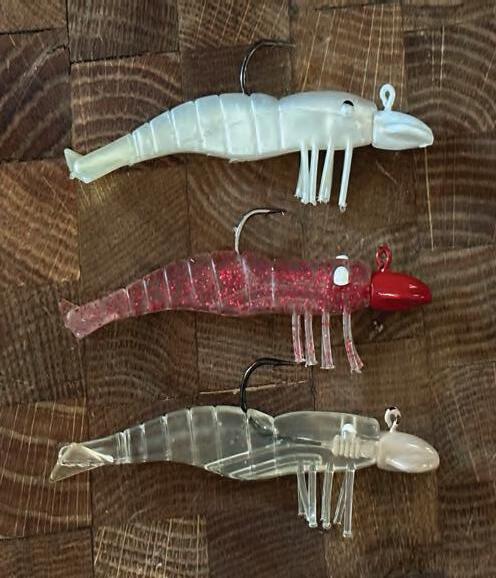
To see more from Tim Barefoot, go to barefootcatsandtackle.com.



October is one of my favorite months to fish, and the dwindling traffic on the bays is just a small reason why. September may have been a record hot month for a lot of us, but the transition of the seasons is more than just the temperature for wildlife. The length of the days play a big part in the fish transitions for the season. Although October opens several new opportunities for anglers, I am going to give you an insight as to how I plan to catch them.
The marsh should be full of life and hold an abundant amount of the big three: trout, redfish and flounder. It will not be uncommon to find all three in the same location gorging themselves on last spring’s hatch of shrimp and finfish. I will predominantly throw smaller soft plastics in the 3.25-inch size. I like a durable lure because the action can be fast and furious, and I don’t want to waste time changing
out lures after one or two fish and miss my opportunity for more. I lean toward paddletails because I can work them faster, cover more water, and the added vibration will draw strikes since these fish will be aggressive. The cover type and water depth will determine if I rig them weedless or on a jig head. Either method is acceptable, just adapt to the structure.
I prefer to fish outgoing tides in these areas. Generally, an outgoing tide produces a better bite and concentrates fish in smaller areas where I can target them. These pinch points can be mouths of drains, bayous, pinch points within a bayou or a bend. Those are the more obvious ones, but don’t overlook points extending into a bay or cuts through a reef. The points of islands or reefs can also increase the flow of current congregating the fish in an area. Here are some retrieves I like to use for each of these three species in October. Keep in
mind none of the fish read this article, so you will catch others on these retrieves. In general, reds will hit a lure on a steady retrieve, trout like the erratic twitch-twitch, and flounder react well to my lure darting along the bottom. When darting my lure along the bottom, I hold my rod tip down or sideways to the water and give it firm twitches. I make sure to keep my lure on the bottom and not bouncing it up and down like I would for trout. I want to disturb the bottom to get their attention.
As we all know, all fish will eat any retrieve, but if you are not catching the species you want, try a different action before you change the lure. Enjoy the cooler weather and take a kid fishing, I know I will do both!
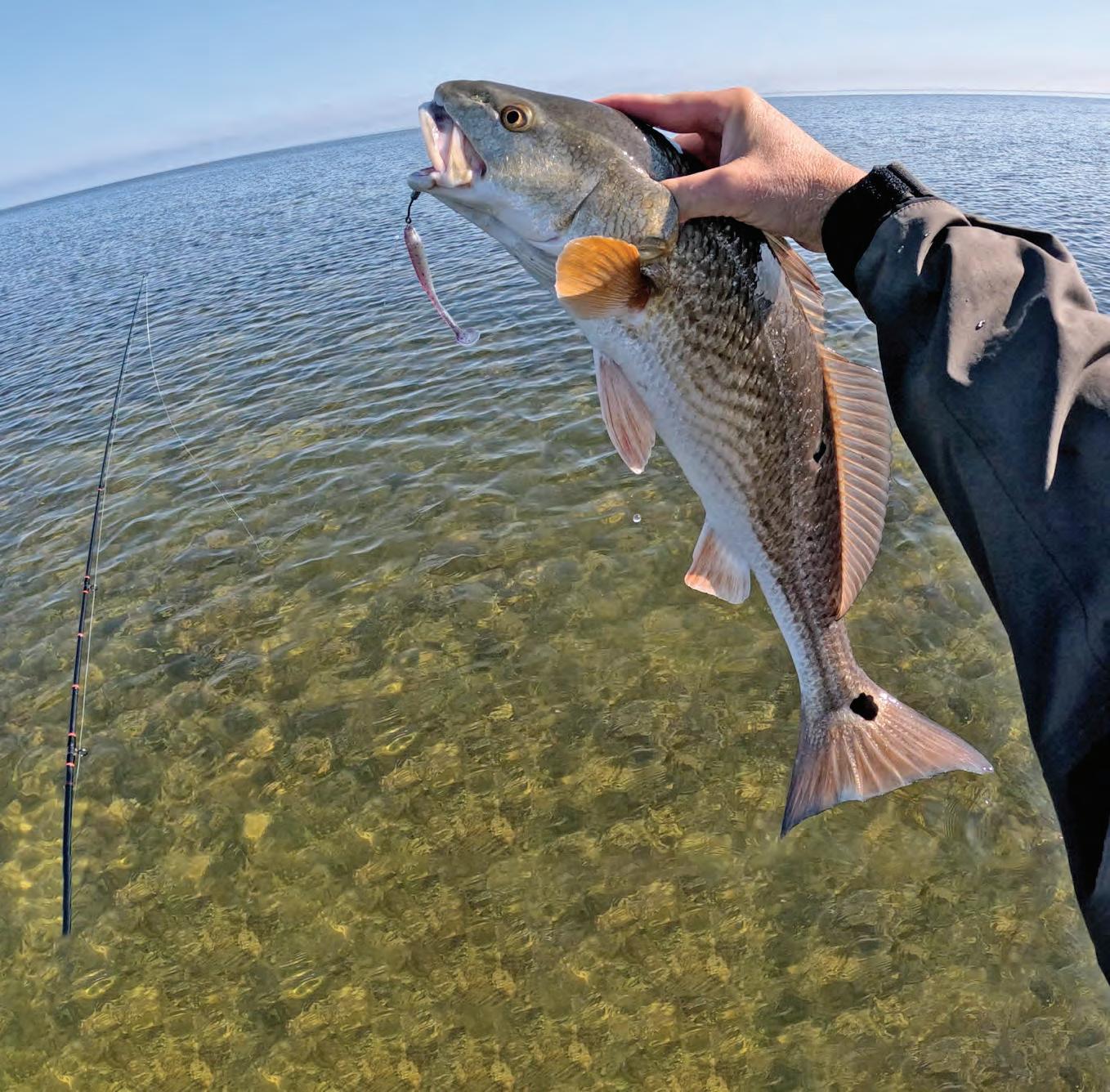
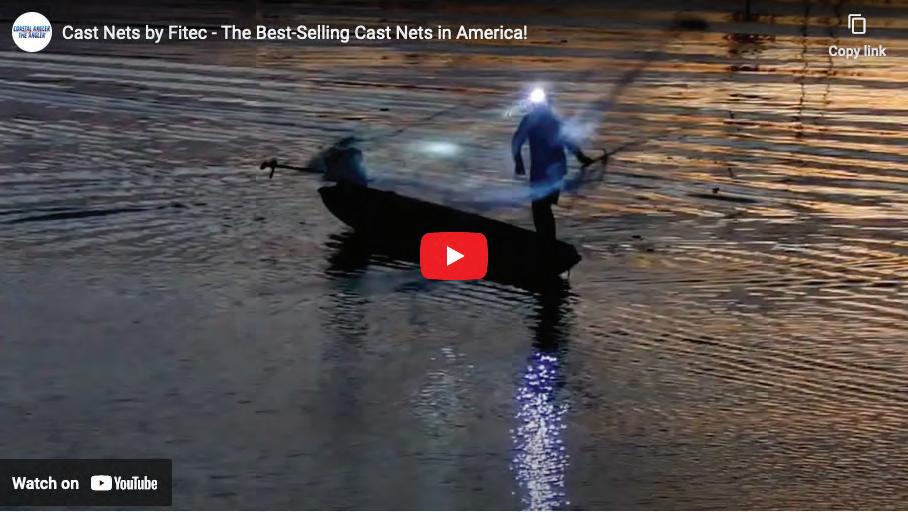




Let’s grow with Florida together.





















This gorgeous Colorado River smallmouth bass is a new IGFA alltackle world length record for the species.
The chunky smallmouth measured 53 centimeters (20 inches) on an official IGFA measuring device, which tied the fish for the length record with two other officially recognized smallies. Sarah Harris landed her big fish while night fishing on the Colorado River in Arizona. It slammed a topwater
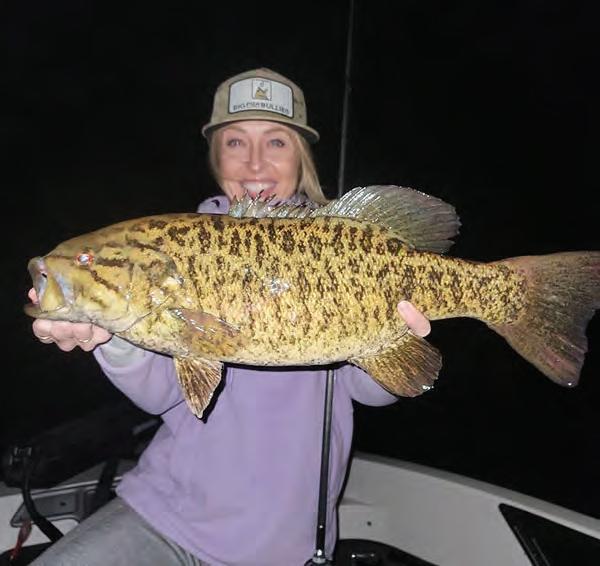
lure and was boated after a short fight. After snapping some photos, Harris released it safely.
Harris’s bass tied a smallmouth caught by William Brent Evans from Alabama’s Lake Guntersville in 2014 as well as one caught from Washington’s Osoyoos Lake by Shane Hoelzle in 2020.
The IGFA all-tackle world record smallmouth by weight is a long-standing 11-pound, 15-ounce mark that was set in
Hayes’s Dale Hollow fish is a record that might stand forever, but those length records can be beaten. While a 20-inch smallmouth is definitely a trophy fish, 20-plus inchers are caught pretty regularly. It’s a matter of time before someone with an official IGFA measuring device puts one in the boat.
For more, go to IGFA.org.


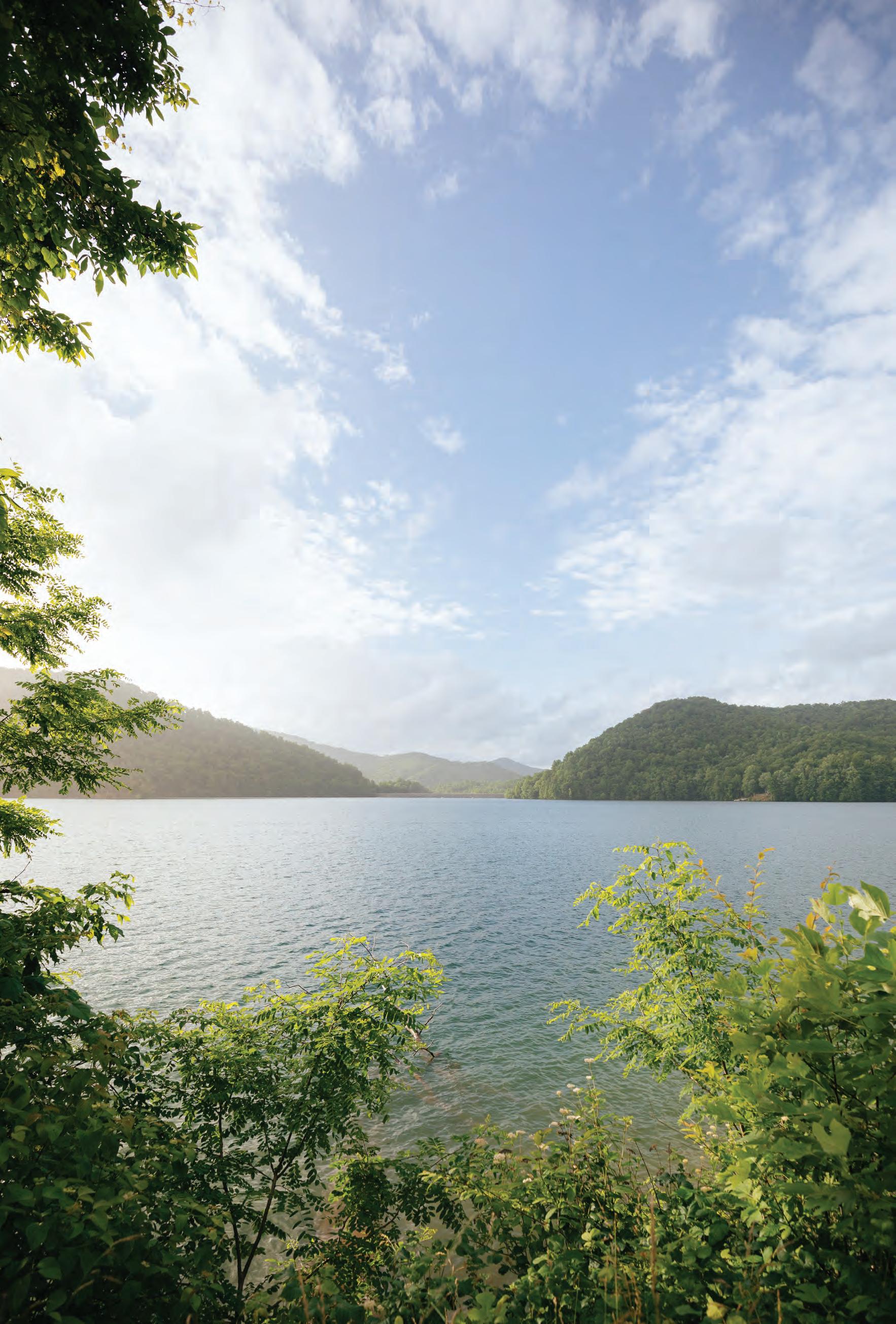

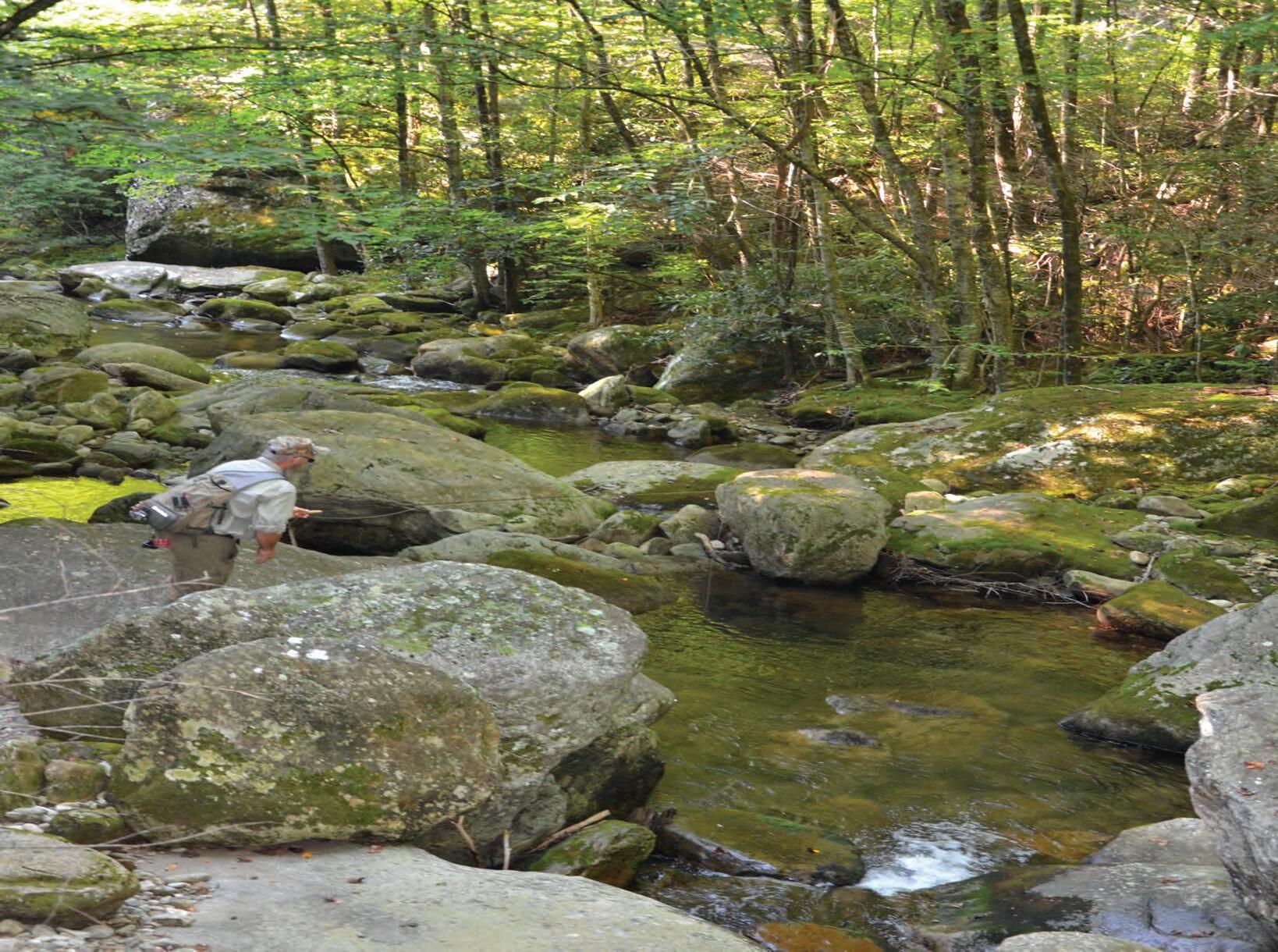
Between Murphy, N.C. and the tiny little town of Andrews, there is a long stretch of U.S. 129 that curves gently through the lowland fields and farms along the Valley River. The Snowbird Mountains roll up abruptly on all sides to form a gorgeously stark barrier from the softness of valley below. As the strip malls fade out of the rearview mirror, the road dives headlong into a cleft, climbing miles of sharp switchbacks to dump you unceremoniously into a haggard little outpost called Robbinsville, N.C. Nearly a hundred miles from the nearest commercially serviced airport, in this almost forgotten, mountainous western tip of the state, you will find a stronghold of the southern
Appalachian brook trout. These diminutive little beauties, which have been extirpated from nearly half the watersheds they were native to, have maintained a foothold in the high-elevation trickles that lie like a web over the Snowbird Mountains.
Over centuries, southern Appalachian brook trout—known as “specks” by the locals—have been beaten back by poor land management practices and the introduction of non-native species, notably brown and rainbow trout. All four Southeastern states within the brook trout’s native range— Georgia, Tennessee, North Carolina and South Carolina—are conducting habitat improvements and reintroductions of this native strain. But for anglers, the adventure
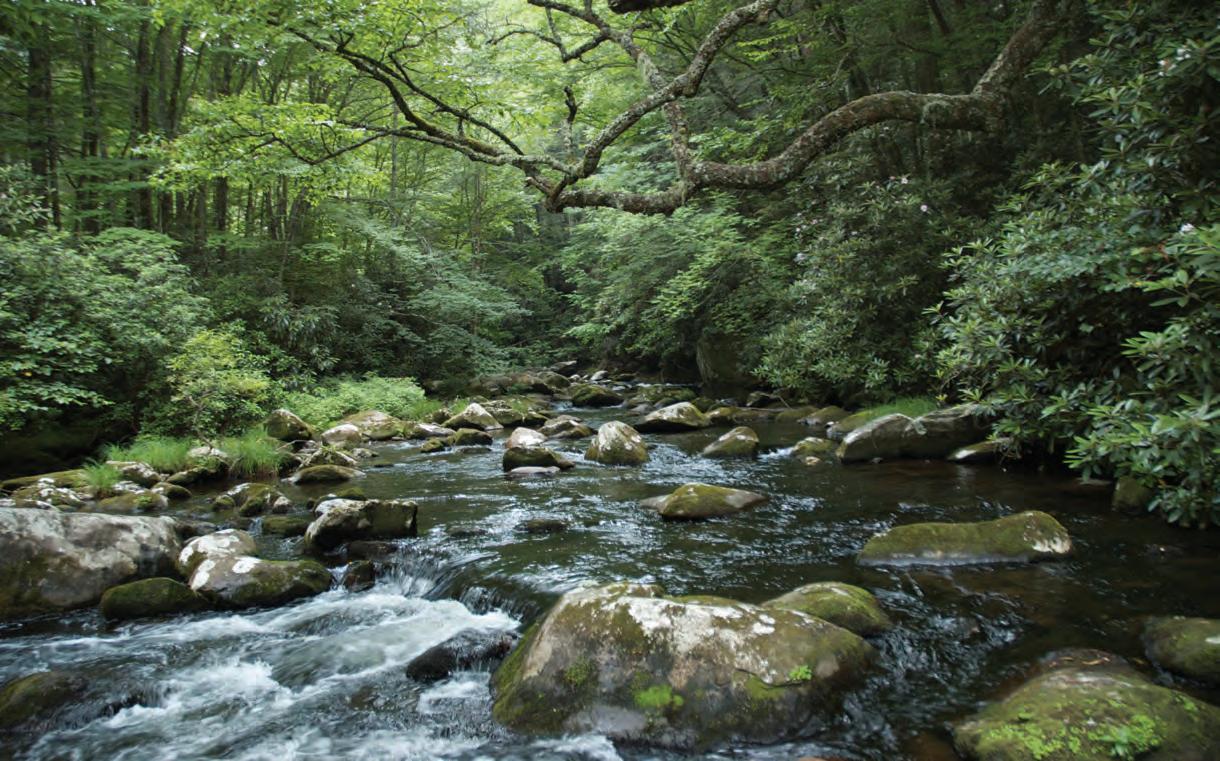
involved in finding specks is as much fun as catching them. They live in some of the most beautiful places on earth.
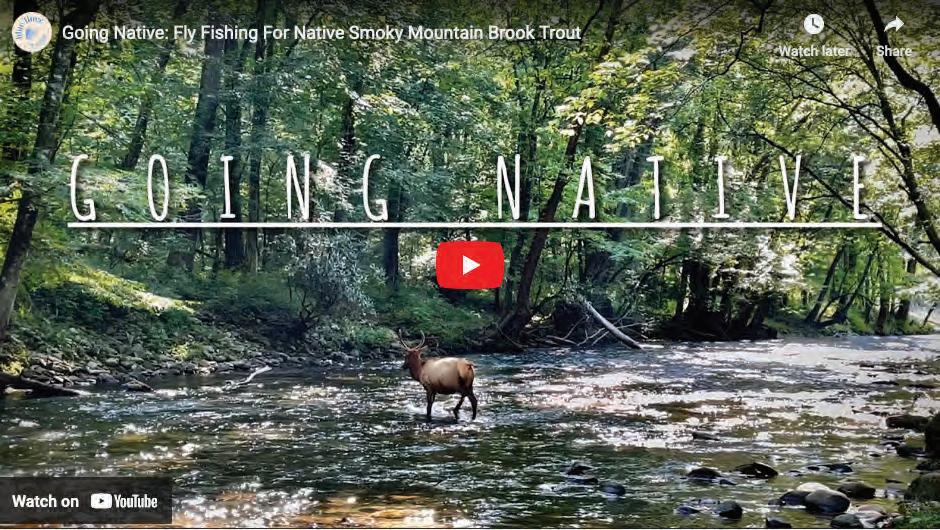
This is the Southeast’s version of fishing high-elevation Rocky Mountain beaver ponds for native cutthroats. The hikes in are often long and grueling, and the fish are typically a fraction of the size you’ll find on the larger, usually stocked flows closer to civilization. But for anglers with an appreciation for pretty fish and the feeling of solitude that comes with hiking farther into the woods than most are willing, it can be worth it.
Some people call it blue-lining. Get out a good topo map of a mountainous area with water temperatures capable of supporting trout populations. Look for those thin blue
lines that indicate small streams falling from high elevations into known trout waters. These are your likely speck streams. A stream’s elevation loss is key. In order to have productive speck water, there must be a barrier waterfall that prohibits upstream migration of rainbow and brown trout. Brook trout populations do not last long in waters where rainbows or browns have gained a foothold.
These exacting conditions exist in remote locations throughout the speck’s native range. In strictly managed areas, like the Great Smoky Mountains National Park, reintroductions of southern Appalachian brook trout have created easier access to them. This is wonderful, but for some anglers who enjoy the challenge and adventure of blue-lining, it defeats the purpose. Finding and fishing a good speck stream that few others know about is the reward in itself.
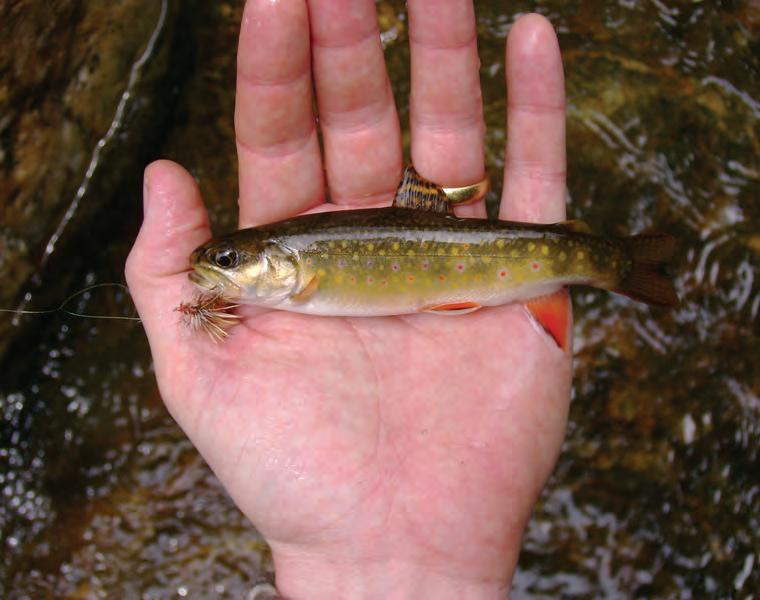
Once you do find them, they are typically easy to catch. In the infertile headwaters where they reside, specks are extremely opportunistic feeders. They’ll jump on just about any dry fly or nymph you care to present, and spin-fishermen can catch them on an array of very small jigs and spinners. There really is no need for live bait, and a fly rod is probably better suited for fishing in the thin pocket water where specks live.
If this sounds like a lot of trouble to catch trout that rarely reach lengths longer than 9 to 12 inches, it is. It takes some research. And unless he’s your brother-in-law, don’t even bother asking the guy at the local fly
main flow of a river and exploring up small tributaries. Most anglers will never do it.
Here’s a big hint to get you started. Find Big Snowbird Creek in Graham County, N.C. Drive until the road turns to dirt. Bypass all the enticingly gorgeous pocket water that parallels the road. Drive until the road ends,
in about eight miles to Big Falls. Above Big Falls, specks have been here longer than the Cherokee. In their spawning regalia of deep purple, green and orange, with white tipped fins, they are the most exquisite and delicate of all fish. And that’s what it’s all about.
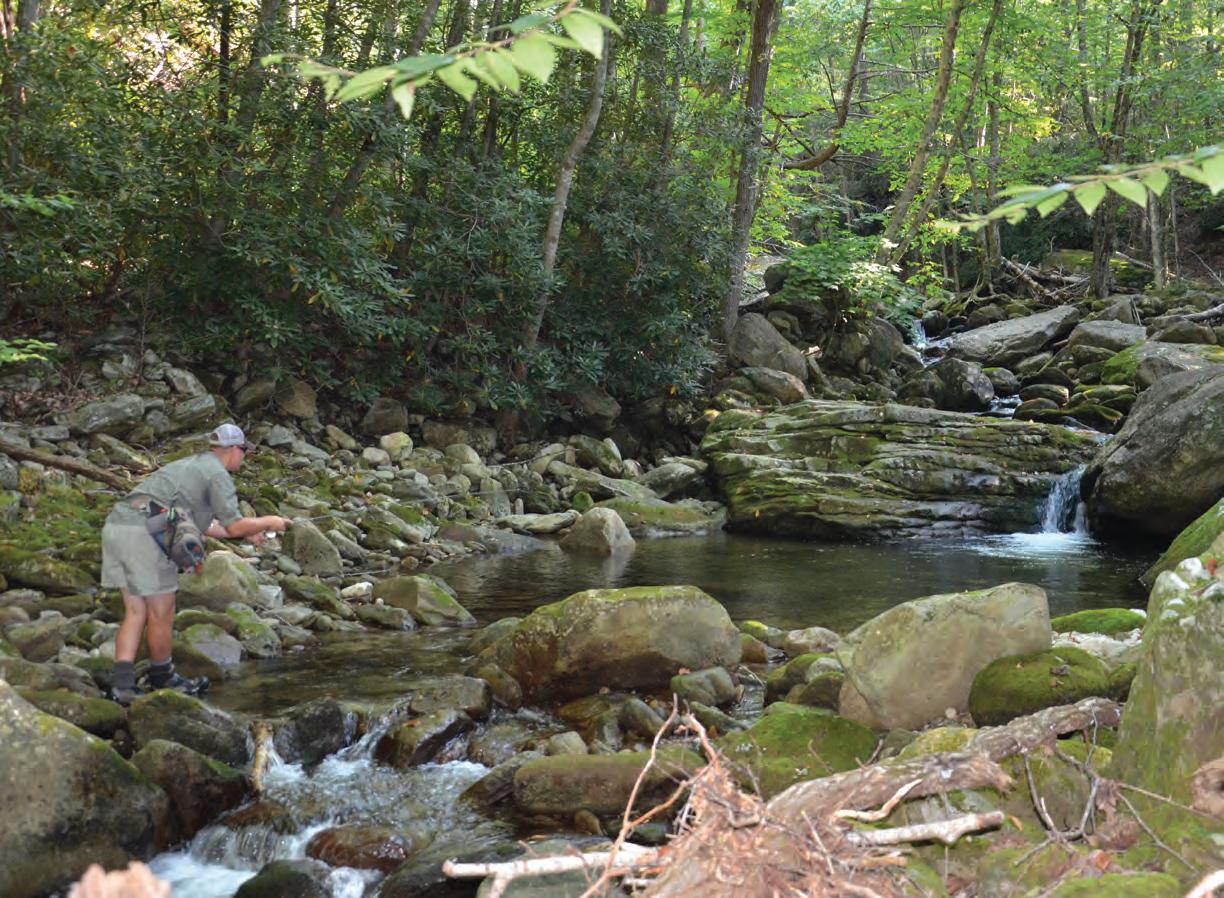
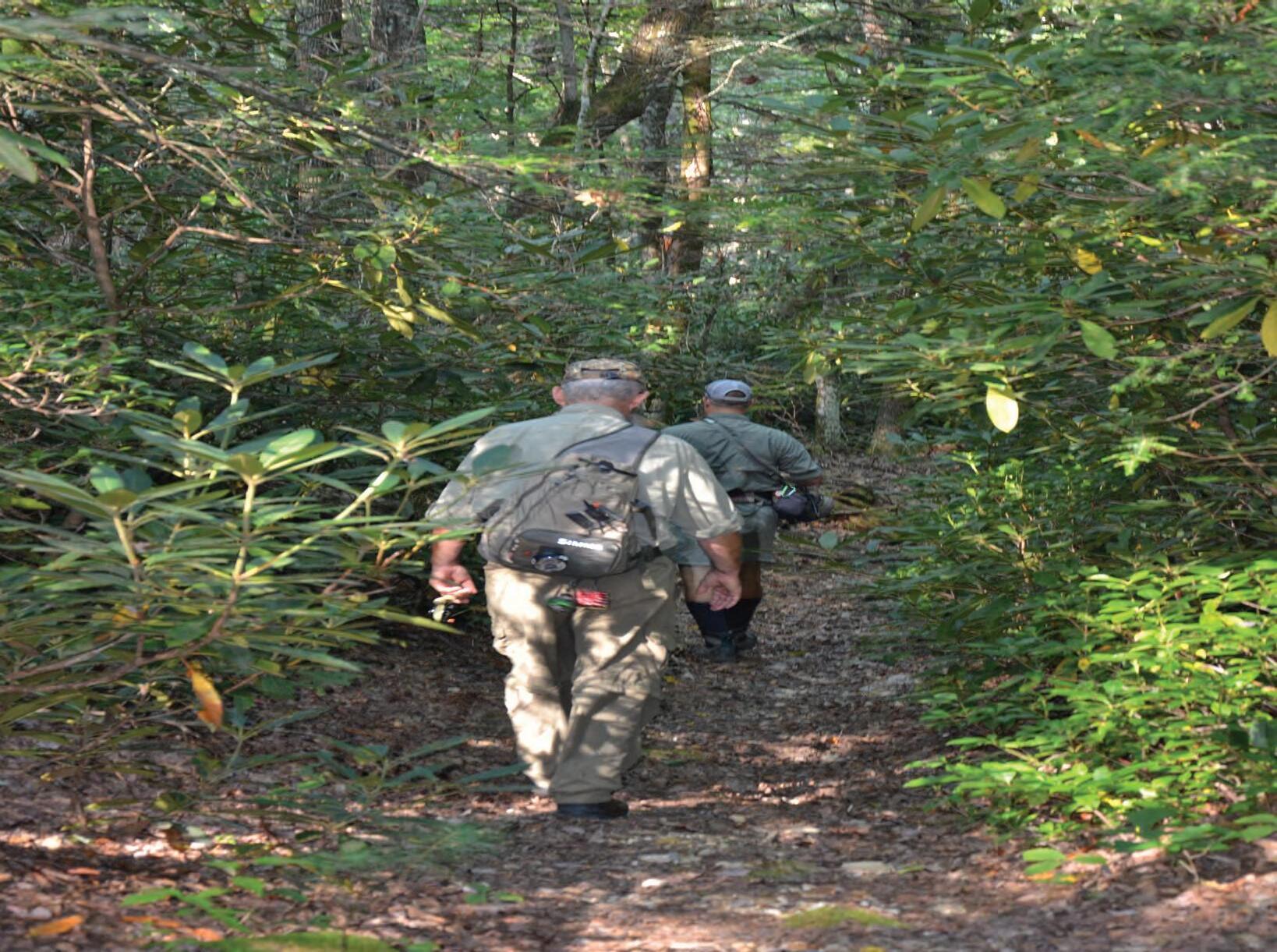



Watauga River
Home of world class fishing on the beautiful Watauga Lake, rugged Doe River and designated trophy trout stream, Watauga River

Watauga Lake
Doe River
PLAN YOUR TRIP AT TOURCARTERCOUNTY.COM




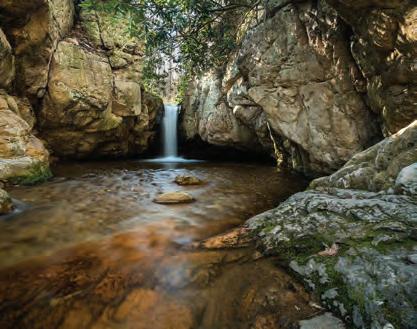

















Recreational anglers in Chesapeake Bay and along the Atlantic Coast must continue to release all striped bass longer than 31 inches after fisheries managers extended an emergency regulation that was set to expire on Oct. 28. The extension’s new expiration date is Oct. 28, 2024, which gives the Atlantic States Marine Fisheries Commission (ASMFC) more than a full year to grapple with a complex management plan intended to rebuild the coastwide striper population by 2029.

The emergency measure was first implemented in May, after estimates showed recreational harvest nearly doubled in 2022 over 2021’s figures. At the time, projections plummeted from a 97 percent chance the stock would be rebuilt by 2029 to just a 15 percent.
NOAA’s Fisheries Effort Survey, which was found recently to have overestimated angler effort by 30 to 40 percent, is an important part of recreational harvest estimates. It also plays into stock assessments for the striped bass fishery.
However, scientists still believe striped bass reproduction has been down since 2015. The 2015 age class was strong, and those fish are now the larger fish in the population that contribute most to reproduction. The emergency measure was implemented to protect the larger breeding fish.
The Chesapeake Bay “Trophy” season, which has historically been an important fishery for bay anglers, is exempt from this emergency regulation. The short early May season in Maryland has allowed anglers to keep one fish longer than 35 inches per person. A press release from ASMFC warned anglers that this special season might change once the emergency measure is replaced by a management plan that is supposed to come from ASMFC’s Addendum II of the Atlantic Striped Bass Fishery Management Plan.
Addendum II is a complex document with a range of management options intended to rebuild the striped bass stock by the end of the decade. It was hoped Addendum II would be ready for implementation in October. After five hours of back and forth at an August commission meeting, the decision was made to delay action. Now, the earliest a new management plan can be implemented is January 2024.
“Moving the emergency action forward was an important stop-gap measure to balance fishing mortality in the recreational fishery,” said David Sikorski, a Maryland delegate to the ASMFC. “Unfortunately, the delay in advancing draft Addendum II leaves uncertainty in our ability to meet our rebuilding goals and reduce overall fishing mortality ahead of the 2024 fishing year. Between now and the October 2023 meeting, draft Addendum II will be updated and provided to the board and posted online.”
The 31-inch maximum emergency rule will remain in place until Oct. 28, 2024, or until it is replaced by restrictions in Addendum II.
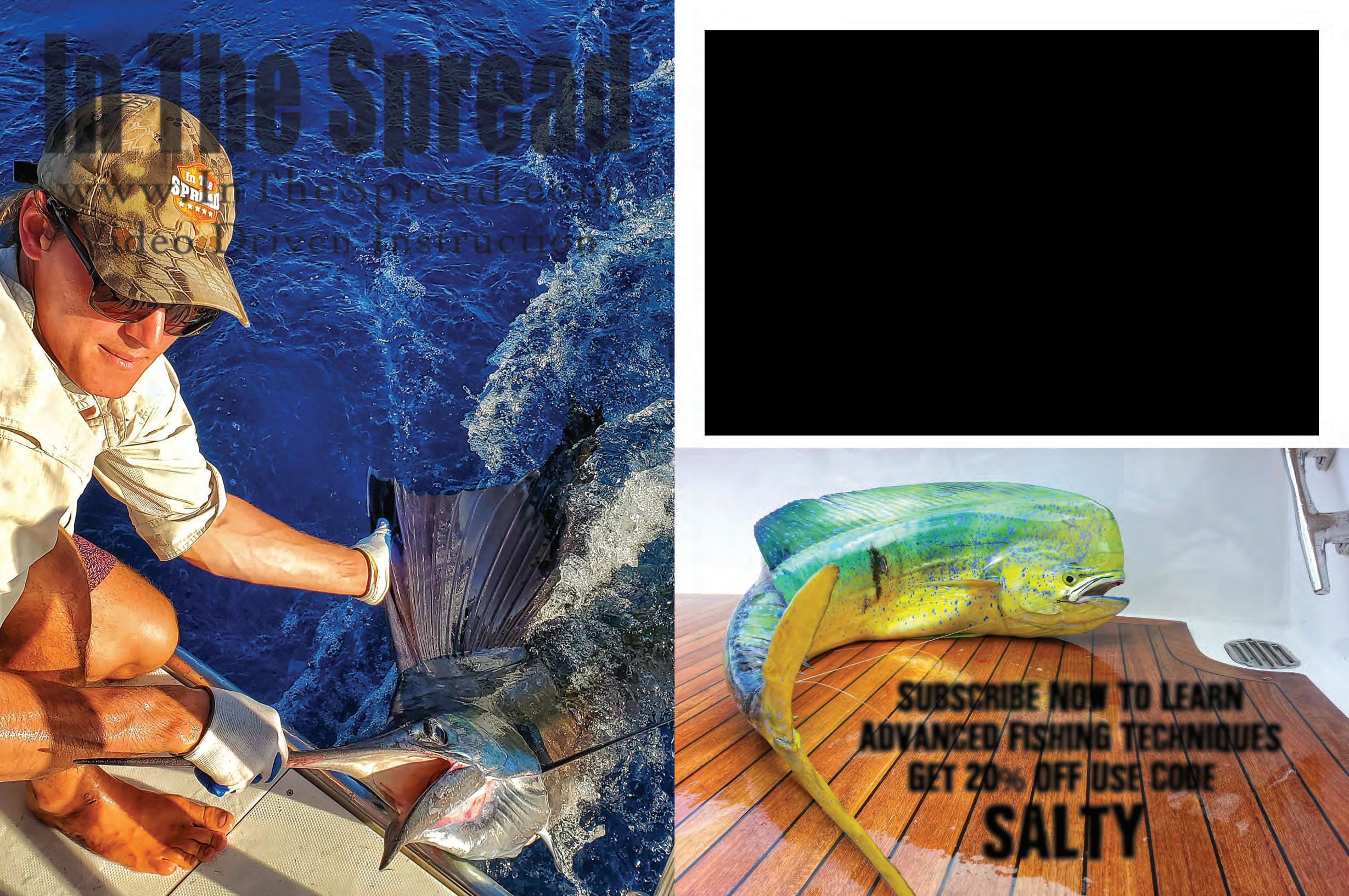






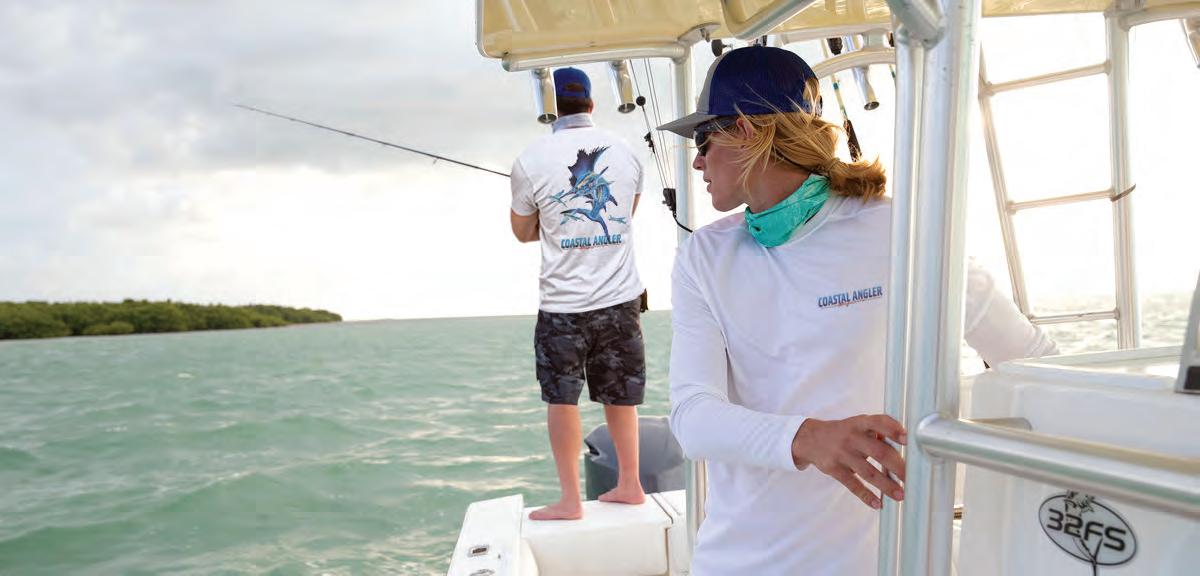





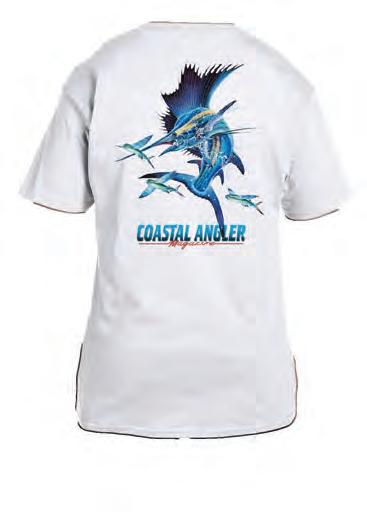
This time of year, when bass are feeding up ahead of winter, it’s tough to beat a bladed jig—or Chatterbait—to find hungry fish.

In most cases, the Chatterbait is in my arsenal as a search bait to cover a ton of water. There isn’t a piece of cover that I can think of that I haven’t thrown it around with success. Docks, wood, grass, rocks, anywhere a bass might live and feed is a good place to throw it. Most of the time you can locate fish with this bait and then go back through the same area with something else and pick up some more bites. If there are hungry bass
around and you present this bait in the right way, you will get a bite.
A lot of times I am trying to duplicate an injured baitfish with a Chatterbait, whether they be shad, shiners or bluegill. Whites, golds and green pumpkin colors are my go to baitfish imitators and are what I have tied on most of the time. If the water is dirty or when fish are feeding on crayfish, I’ll switch to a black and blue or even an orange or red color. Match a trailer bait of your choice on the back like a swimbait or a craw trailer, and you’ll be good to go.
Chatterbait bites are usually reaction strikes, so I vary the retrieve to create erratic action while keeping the lure in the strike zone. I do this by speeding up my retrieval speed and then pausing for a very short period of time and then resuming a normal retrieval rate. Believe it or not, there are way more fish that follow your bait and don’t commit than you think. A very small adjustment in the speed can make the difference and convince these fish to eat. A 3/8-oz. and a ½-oz. are pretty much the only two sizes I throw. This covers all different depth ranges from a foot of water down to 10 feet. Cover as much water as possible until you pin point a healthy population of feeding bass then slow down with a different bait that you can work slower.
Chatterbait Gear
A moderate-action rod makes a huge difference when it comes to keeping fish hooked up. The 13 Fishing Omen Black 7’4mhm is absolutely perfect for fishing a Chatterbait. I pair a 7:5:1 gear ratio Concept A 13 Fishing reel with this and spool it with 17-lb. Seaguar Abraz X. I throw some bigger line with this, as you are usually around some type of cover and are working the bait fairly fast, so they won’t get a chance to see your line anyway.
Hope this fishing tip will give you some confidence to try this technique, if you haven’t already. It flat out catches them. Good luck out there and tight lines!
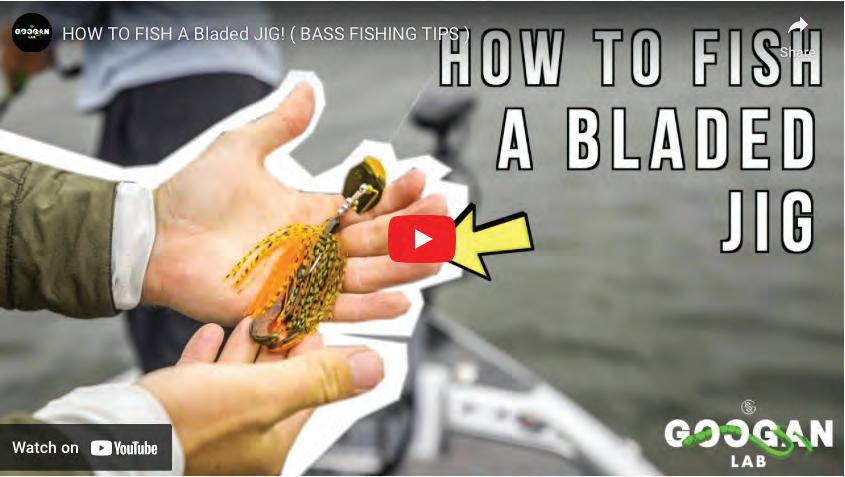
Tyler Woolcott is a professional tournament angler and guide. Check out his website at www.tylerwoolcottfishing.com.

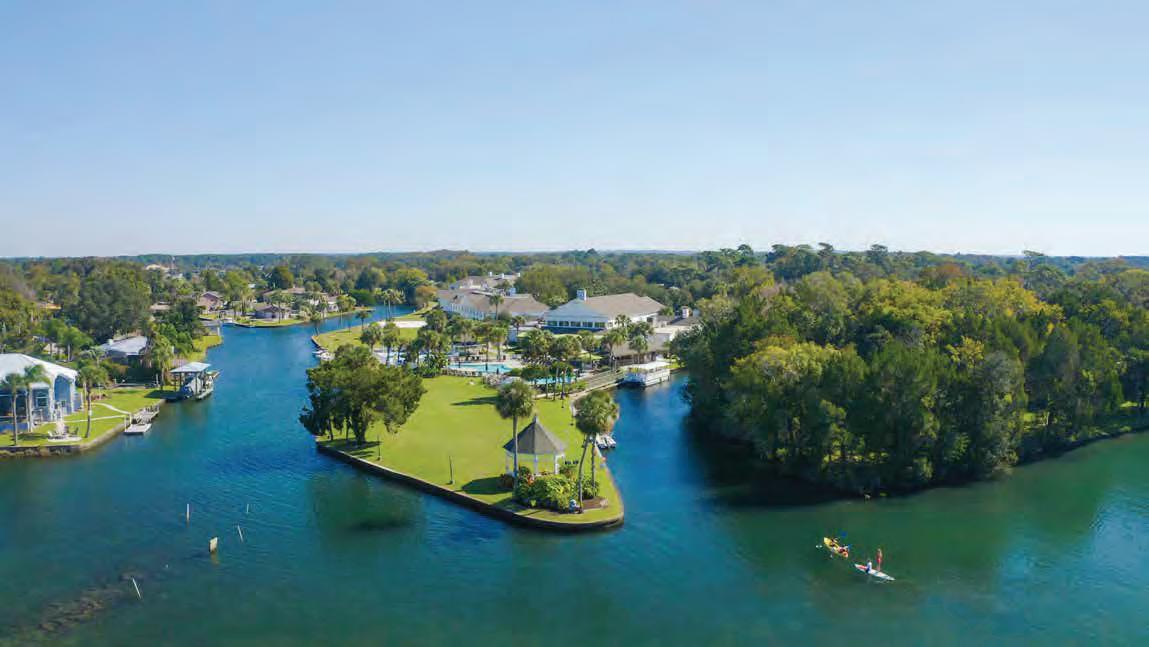



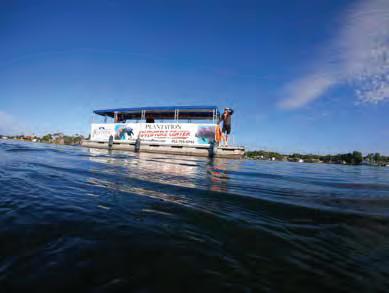




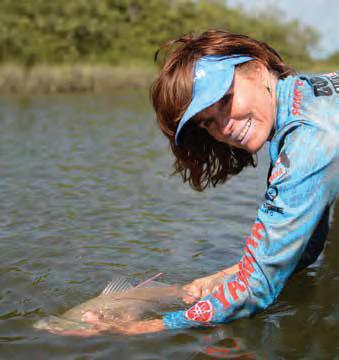




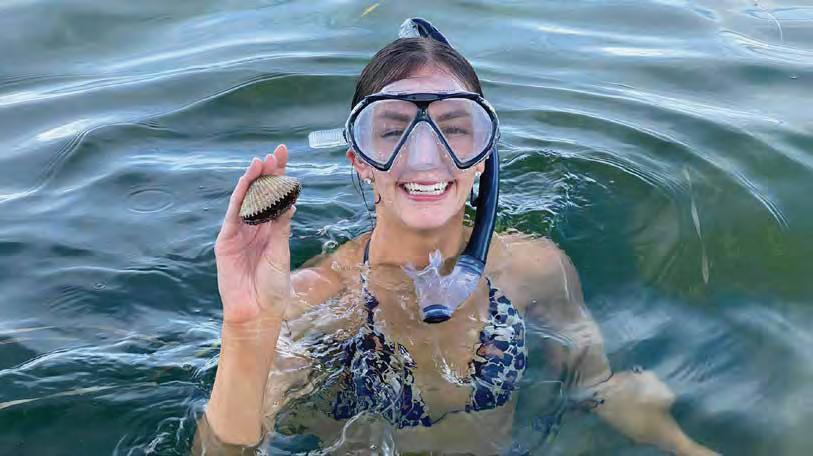



Some people fish for the meat, in tournaments, or simply for fun. I take a different approach. I seek out world records.
The International Game Fish Association (IGFA) keeps track of every record ever caught on rod and reel. I’ve been tracking down these records for more than six years, and here’s a little insight into the process.
First, you need a starting place. What species can you target in your area? Living in Florida, I knew bowfin were available to me, so that’s where I started. On the IGFA website, you can search specific species and see the current records for different categories. Here you’ll see the all-tackle, all-tackle length, conventional female and male, fly male and female, junior male and female, and smallfry categories.
For the junior category, you must be 16 or younger. However, if you are a junior you can submit a record for the adult category. All-tackle length is a newer division that requires a special
measuring device from the IGFA, so keep that in mind if you want to try for a length record.
Read the rules regarding the category you are fishing for. I cannot stress this enough. Many simple mistakes happen, and it is not worth having a record rejected. The rules are in the record book and on the website. IGFA rules can be complicated and include restrictions on things like the lengths of leaders. Your record quest will be much less frustrating if you know the rules and fish accordingly.
Let’s discuss tools you’ll need to record records. I prefer the Rapala Mini 50-lb. scale, which needs to be certified. The easiest way to certify your scale is to ship it to IGFA. They will certify it for you.
Most IGFA records are line-class records, which means you’ll often be fishing light lines, and the line must be approved by IGFA, meaning it breaks at the specific pound test. I like Ande tournament line because it breaks at
By Emily Hanzlikthe correct poundage.

Once all your ducks are in a row, you can target the fish you’ve planned for. This is going to take a lot of time and patience, but eventually putting in time pays off. When you eventually catch a fish that looks big enough to break the current record, there are steps you must take. For the all-tackle length record, you need a photo of the fish on the IGFA measuring device and a photo of the angler with the fish and rod. For the other records, you need photos of the girth, length, weight, and the fish and angler.
The main thing to remember is to have patience and enjoy the process. Breaking records isn’t easy, so just keep trying!
Emily Rose Hanzlik holds over 60 IGFA world records in various categories. She hails from West Palm Beach, where she has a part time Bowfin Guide Service as well as fishing classes for Jr. Anglers. Find her @emilyhanzlikoutdoors.

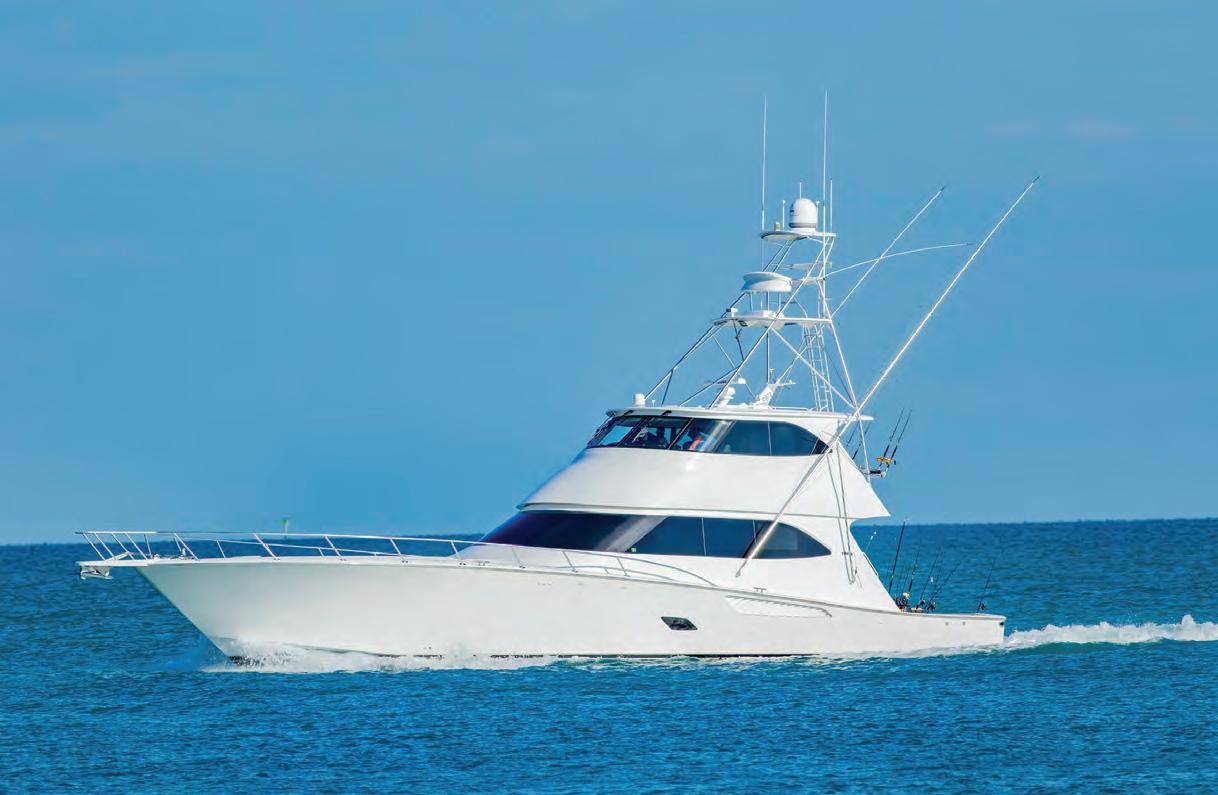






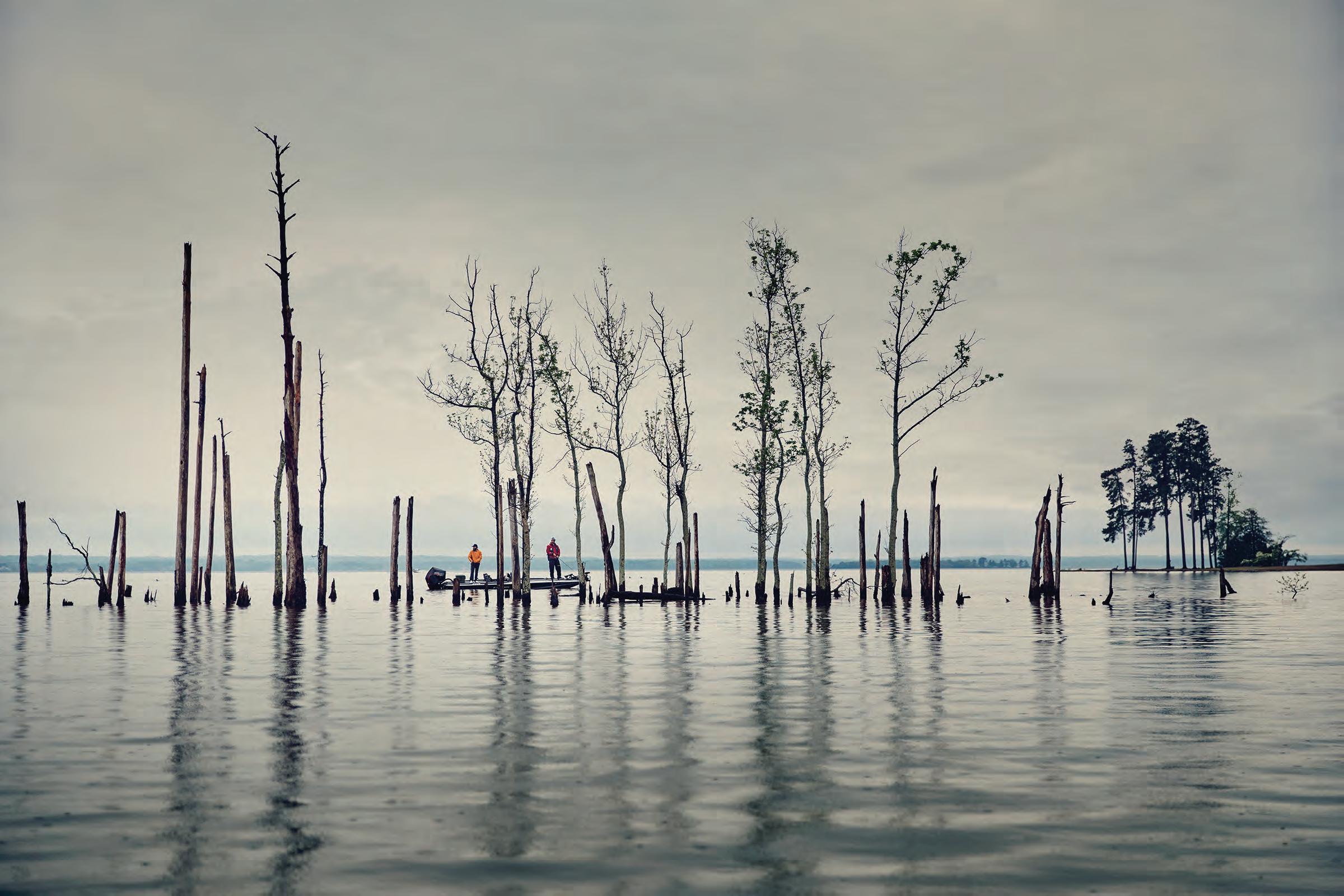

Today’s engine manufacturers are building engines that are more powerful and heavier than ever before. Dometic’s new Mega Jackplate has been developed to withstand the power of high performance engines and provide boaters with the ability to maximize the output of their engines while offering more flexibility in shallow water. The Mega Jackplate is rated to 600 HP and is an extension of our existing product line. It will be offered in 6”, 8” and 10” setbacks. There will be 2 versions available, a standard bolt pattern designed to fit engines like Yamaha XTO and a wide bolt pattern designed to fit Merc 500/600.
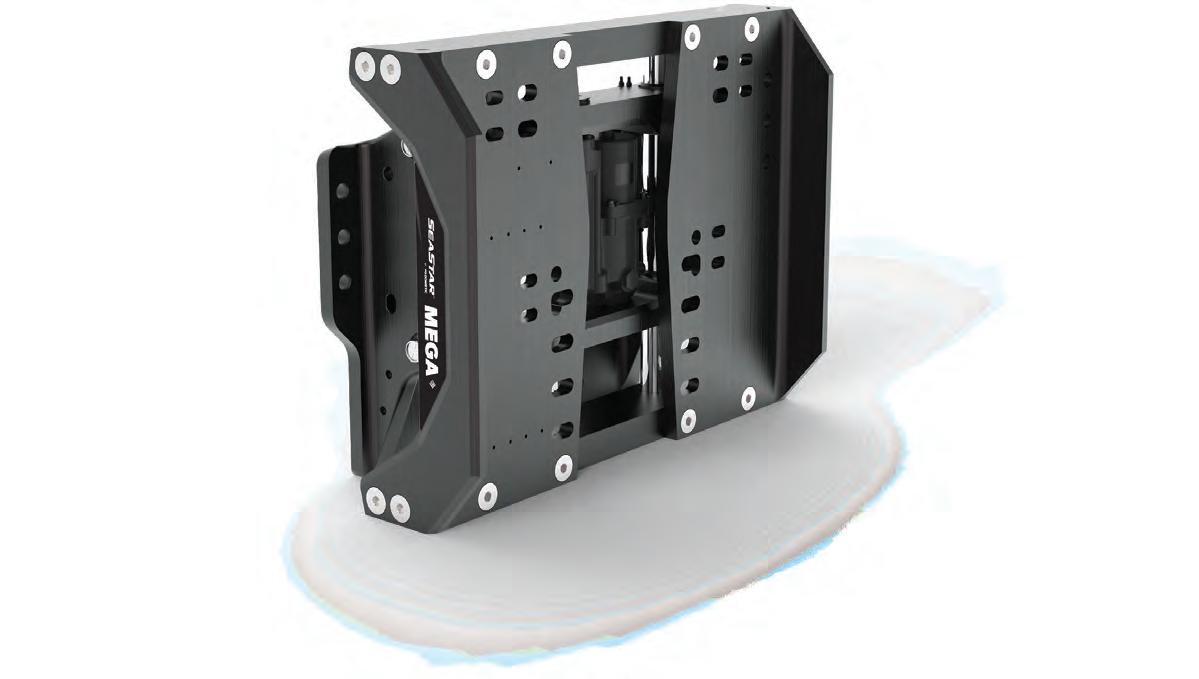

Electro-hydraulic jack plates give owners of outboard-powered fishing boats a couple of key performance advantages. For one, installing a jack plate on an outboard boat provides some setback between the motor and the transom. This allows the propeller to operate in less turbulent water, and can help increase performance and reduce cavitation, which occurs when the prop is spinning in aerated water and begins to “break loose.”
The second and perhaps more important advantage is the ability to precisely adjust the height of the motor on the transom with the touch of a button—independent of the outboard’s trim angle. You’re most likely to find jack plates installed on freshwater bass boats, bay boats, hybrid bay/offshore boats, flats skiffs and tunnel hulls. In these applications, adjusting the engine

can help a boat’s “hole shot,” which is when you punch it from standing still to get the boat up onto plane. What you don’t want — especially in shallow water — is for the boat to rise too much in the bow and squat in the rear as it climbs out of “the hole.” Finding just the right motor height to provide the propeller with the ideal combination of grip and slip can push the boat quickly onto plane. This is important, as too much bite will make the boat bog down, and too much slip will cause the propeller to break loose and lose thrust.
Another benefit of electro-hydraulic jack plates is the ability to run a boat in shallower water. This holds true whether you’re on plane jetting across a flat or inching a large center console up onto a shelf to throw a castnet.
Dometic’s newest entry into the jack plate market is its new Mega Plate. This electro-hydraulic system is engineered specifically for today’s breed of large, hi-horsepower outboard motors. In fact, Mega Plate is designed for use with motors ranging from 400HP all the way up to the new V-12 600HP outboard from Mercury. It is offered in 6-inch, 8-inch and 10-inch setbacks to accommodate a range of vessel types and installations. Mega Plate is offered in two versions — a standard bolt pattern for Yamaha XTO and Mercury 450R engines, and a wide bold pattern for Mercury 500 and 600HP motors.

Dometic’s built-in Smartstick Linear Position Sensor and ability to integrate with Dometic Digital Switching technology compatible with all HTML5 capable MFDs give boaters complete control of multiple engine height positions with the touch of a finger.

 By Henry Jackson
By Henry Jackson
The Kenai River in south-central Alaska is water dreams are made of. Shallow and swift, the green and grey glacial waters flow south from Kenai Lake and travel 82 miles to terminate in the salty waters of Cook Inlet. Along the flow, excellent fishing for rainbow trout, dolly varden and salmon of all varieties prevails. Each year there are multiple runs of king salmon and red salmon with a run of pink salmon every two years. The catching of steelhead is also occasionally reported each year.
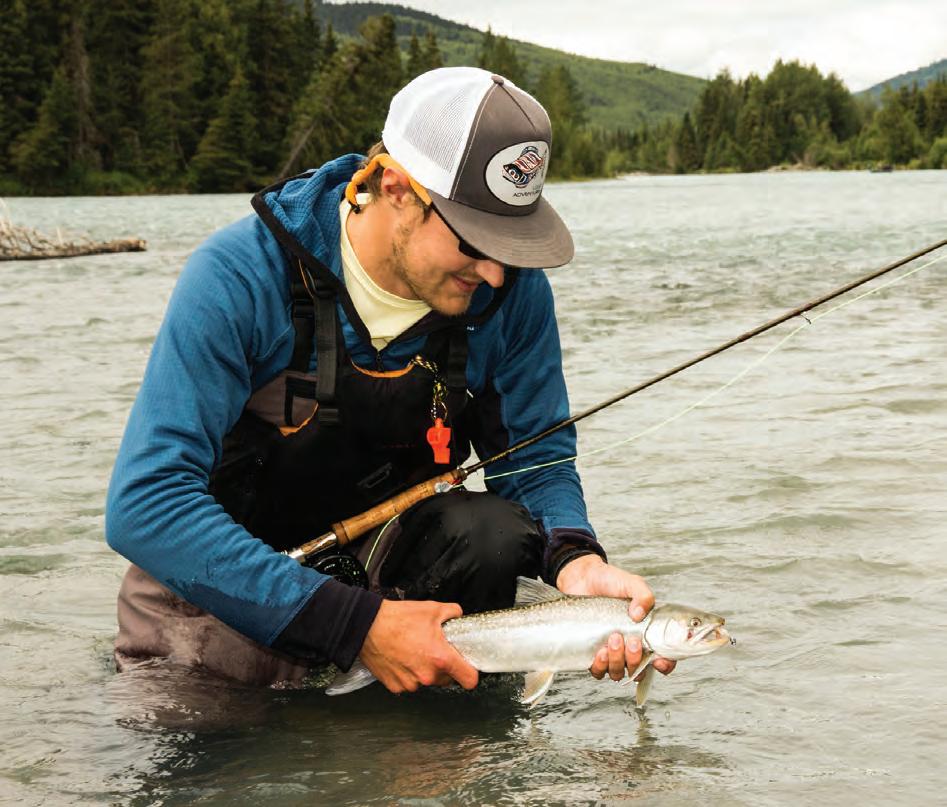
It’s best to describe the river in sections. Near the town of Cooper Landing, Kenai Lake narrows into a river channel and a glacial river begins, slowly increasing in gradient for 12 miles to Kenai Canyon. A favorite destination of whitewater rafters and kayakers, the 2-mile Kenai Canyon is not an area for novices. After the canyon, waters subside and the river continues another three miles to Skilak Lake. The river miles between Kenai Lake and Skilak Lake are known as the “Upper River.” About 11 miles south of Skilak Lake, the waters

roughen once again and form the Naptowne Rapids, another area inexperienced boaters should avoid. Downstream of Naptowne, the “Mid River” section begins, and the water is swift with many large boulders. The 20 miles of the Mid River can be dangerous but are generally within the skills of experienced boaters. The Lower River begins after passing the Sterling Highway bridge near Soldotna, and the final 21 miles of river are gentle as the waters wind their way towards Cook Inlet.
Home to about 40 species of fish, both resident and oceangoing fish swim in the Kenai’s waters, and the intertidal zone at the mouth of the river is rich with both fresh and saltwater species. Not known for abundance, the Kenai river is known for world-class trophy fish. It is home to the world-record 97-pound king salmon caught in 1985. Certain sections of the river are open to motorized vessels, but the majority of fishing is done from drift boats or rafts, and single anglers often pursue fish from one-man inflatable rafts such as those made by Outcast and Fish Cat.
run begins one to two weeks after the first ends and usually brings many more fish. Fishing usually peaks around late-July. Kings normally travel the deeper waters of the center channel and are therefore difficult to catch from shore. Anglers fishing from a vessel will normally drift downstream slightly slower than the speed of the current, allowing their lures to bounce along the river bottom in front of their boat. Back trolling is a technique involving the use of a Kwikfish styled plug and planer. The planer is attached ahead of the lure to take the lure to the bottom of the river, and the boat is held in the current while drifting downstream.
upper Kenai River home, and this area is a fly angler’s fantasy. Most of these trout are year-round residents, but small numbers of steelhead are caught each year. Streamer flies, wet flies, egg patterns, beads, flesh flies, spinning lures and shrimp patterns are the most popular. Trout anglers may prefer to allow the busy salmon season to pass before getting on the river. The best trout fishing is typically early in the fall.
The Kenai supports two distinct king salmon runs, with the earliest fish entering the river during the second or third week of May. This first run peaks by the third week of June and ends by the first week of July. The second
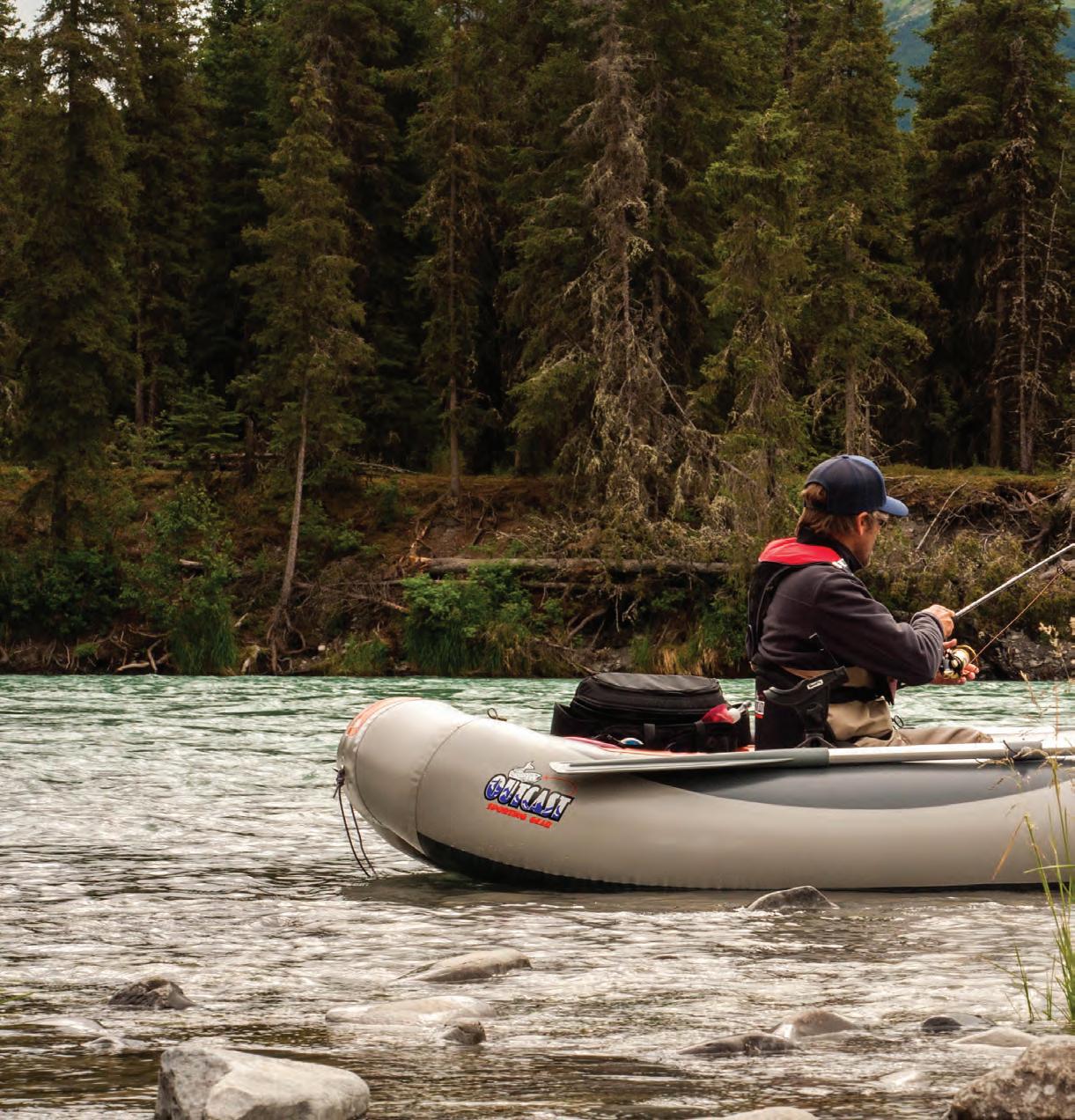
Angler’s seeking red (sockeye) salmon generally target the late-run fish from July through early August. The peak run in late July lasts about two weeks, and upwards of 20,000 fish may enter the river. A favorite catch of fly fishermen, streamers, shrimp patterns and red hooks with a bit of yarn are the preferred flies. Split-shot is added to carry the fly close to the bottom as it is cast upstream and allowed to drift downstream with the current. Pools downstream from shallow riffles are likely to hold sockeye resting before swimming the riffles. With most reds traveling close to shore, anglers should take care not to wade or cast too far out.
Trophy-sized wild rainbow trout call the
Both resident and ocean-going populations of dolly varden are present in the Kenai. The run begins in early July and continues into September. Often confused with trout, dolly varden are a species of char, can grow up to 30 pounds and may survive long enough to spawn three or more times during their lifespan. Tactics for catching dolly varden are the same for targeting rainbows, as their diet is primarily the fry of pink salmon, salmon eggs and the flesh of salmon that died during the spawn.
The popularity of the Kenai River as a sportfishing destination ensures ease of travel for out-of-town anglers venturing to the Last Frontier. Kenai and Soldotna are both fair-sized towns with hotels, shopping, local and chain restaurants, and flights travel daily from Anchorage to the airport in Kenai. Numerous smaller communities abound, and each generally offers bed-and-breakfast type lodging accommodations. For travelers entering Alaska by cruise ship, the town of Seward is a short 1 ½-hour drive from the upper section of the river.
Anglers with extra time in their travel
schedule will want to also consider a trip for Halibut out of the port towns of Seward or Kenai, and the entire Kenai Peninisula area offers countless miles of trails for hiking, birding and backpacking. Anglers seeking a guided experience will have no trouble
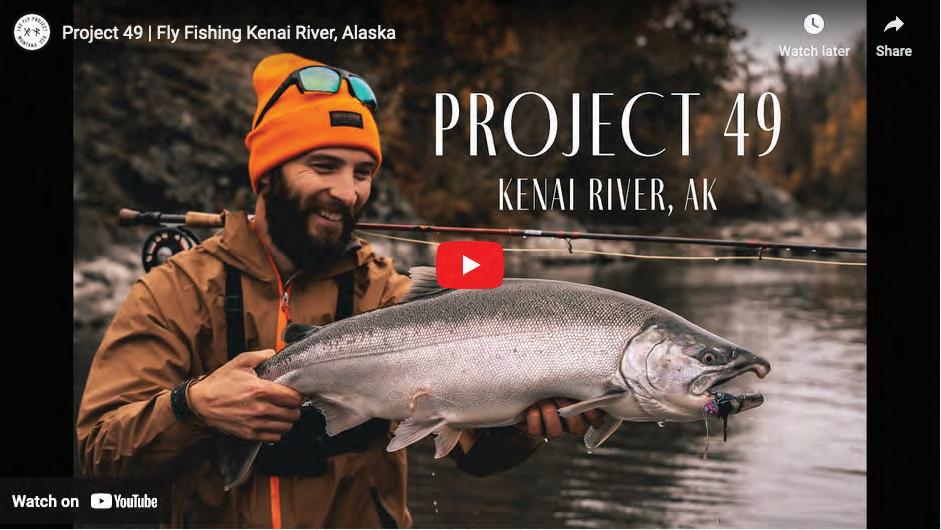
finding guide services on all sections of the river that offer trips with standard and fly tackle and from drift boats and boats with motors. Many guide services also offer float-tube trips in the surrounding lakes for lake trout and grayling.
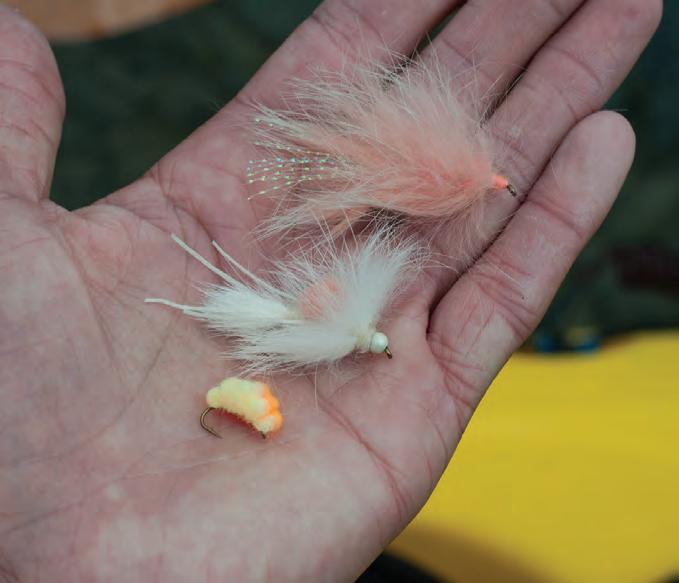


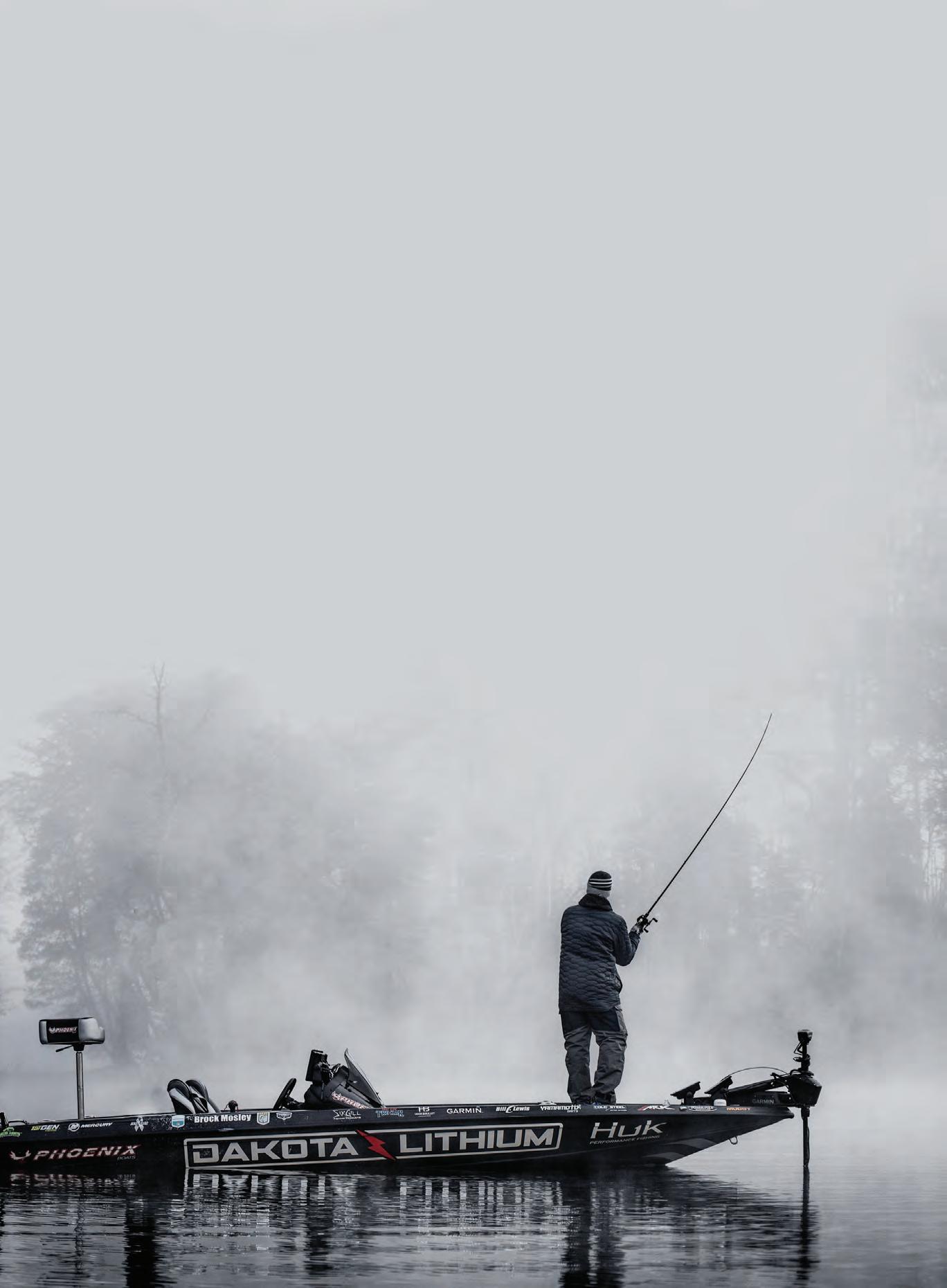



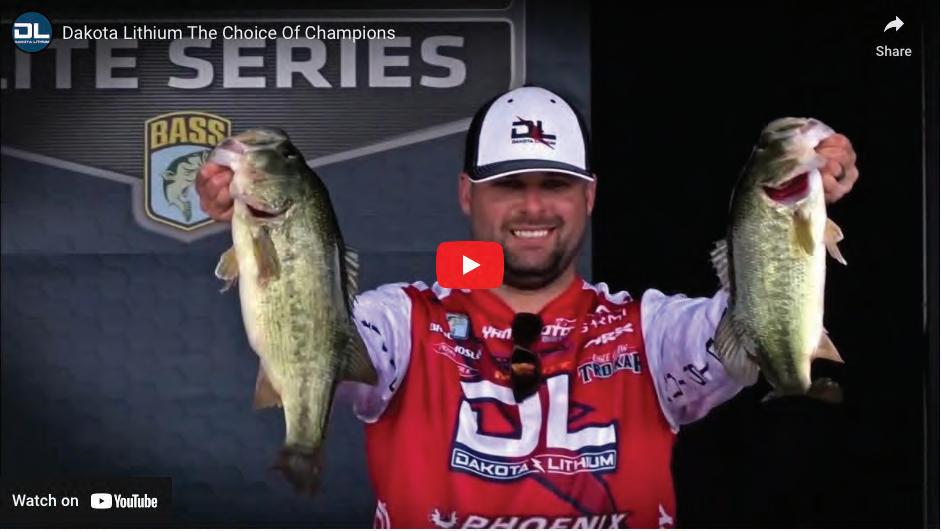




A283-pound alligator gar caught at Sam Rayburn Lake in Texas is set to break a 72-year-old IGFA all-tackle world record. Here’s the kicker: It was landed with 6-pound-test line!
Kentucky angler Art Weston teamed up with Texas Capt. Kirk Kirkland on Sept. 2, in search of line-class records. Weston is an IGFA record breaker who already has numerous line-class records for alligator gar and other species. It was the first day of a week-long booking aboard Capt. Kirkland’s The Garfish Enterprise, and they hooked and landed what Kirkland called “the Holy Grail of the fishing world.”
Sam Rayburn Lake is the largest reservoir in Texas at 114,000 acres. It’s an impoundment of the Angelina River near the Louisiana border north of Jasper, Texas. According to a report on FoxWeather.com, Kirkland told Weston of an area on the lake with a sandy, snag-free bottom that would suit light line tactics well. The guide also told Weston there might not be many fish in the area, but they were obviously going for quality over quantity.
Before the pending world record showed up on the scene, the pair caught two other monster alligator gar, including a 169-pounder. When they came tight with the largest alligator gar caught in nearly three-quarters of a century, it took about three hours, remarkable skill and more than a little bit of luck to land the fish on such light line.
“Lots of blood, sweat and tears (and broken line) went into this achievement,” Kirkland wrote on Facebook. “Angler and world record Chaser Art Weston and I did what no other alligator gar angler has been able to accomplish in 72 years.... catch a fish bigger than the all-tackle world record set so many years ago on the bank of the Rio Grande River.”
The existing all-tackle world record weighed 279 pounds. It was caught by Bill Valverde from the Rio Grande in 1951.
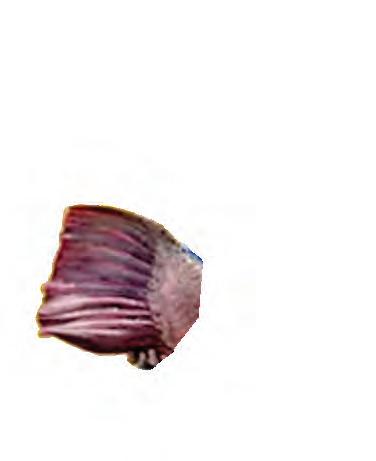

“We both had a look of shock when the scale just kept going higher and higher,” Kirkland said. The gar weighed 283 pounds on camera. It measured 100 inches long, with a 48-inch girth. After taking measurements, the giant fish was released alive.
To read the entire FoxWeather report, go to https://www.foxweather.com/lifestyle/ world-record-alligator-gar-texas-sam-rayburn-lake
Although kayak anglers use the same lures as bank and boat anglers, we often must adjust our approach. One lure I’ve found myself using differently while bass fishing from a kayak is the crankbait.
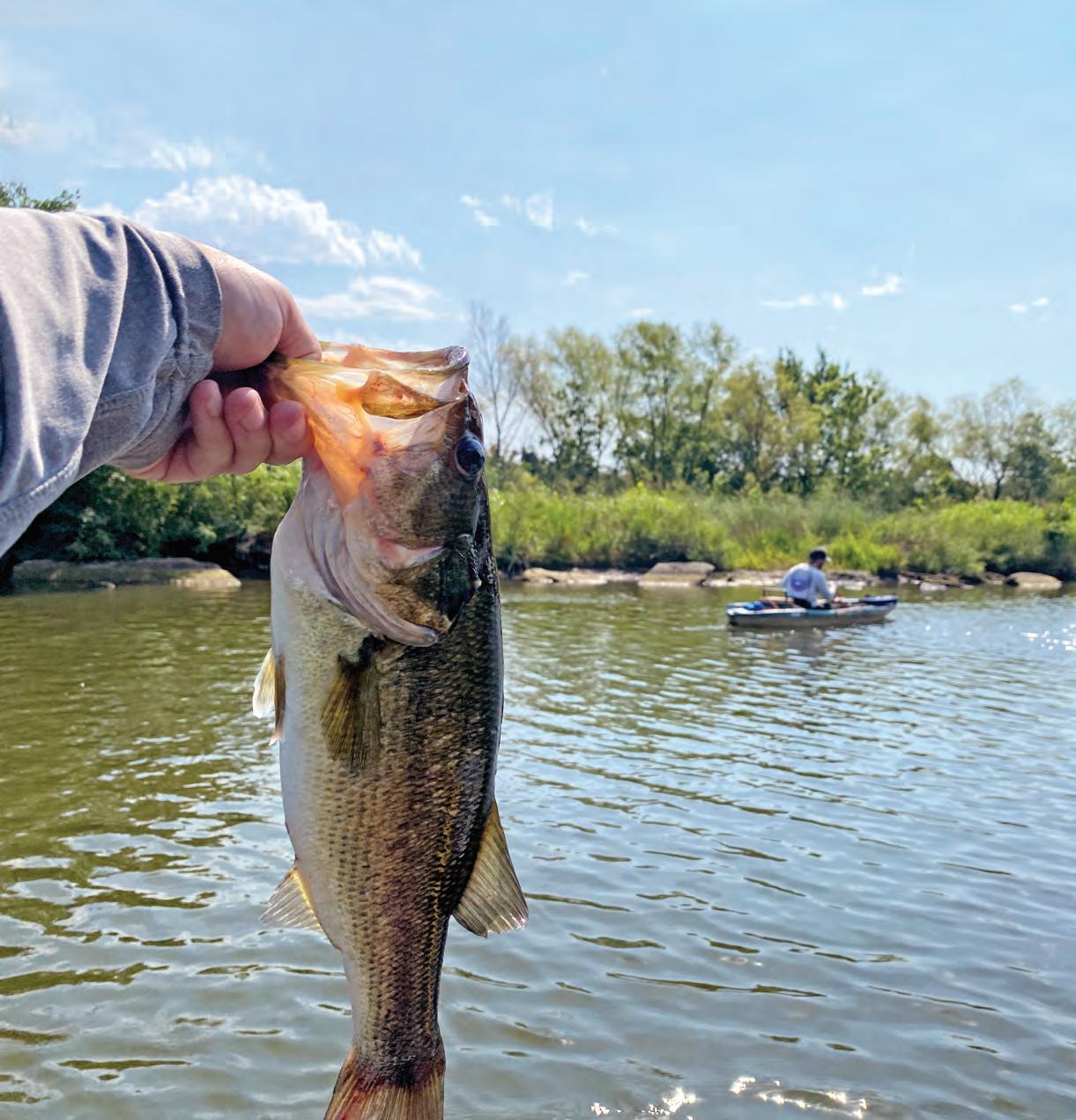
I love throwing a crankbait, but a challenge to fishing one in a kayak is the drag created by the lure. Fishing kayaks are much lighter than
bass boats, so your kayak moves toward the lure as you retrieve it.
Learning to control the yak was a significant adjustment I made when transitioning to fishing a crankbait from a kayak. I now steer my yak while reeling a crankbait instead of picking up a paddle. All I do is point my rod tip in the opposite direction I want to go. When my rod tip points to the left, my
By Coty Perrykayak drifts to the right and vice versa. To go straight, I point my rod tip straight ahead.
Speaking of the rod, I use a shorter rod, mainly because I fish areas with a lot of overhanging trees, and shorter rods transport easier in my rod box on my trailer and kayak. I also use a higher-speed reel than bank and bass boat anglers because I’m losing speed as the kayak drifts towards my crankbait. So,
instead of a 6:1, I use an 8:1 or 7:1 gear ratio.
I spool up with braided line and use a 3- to 5-foot, 12- to 17-pound test fluorocarbon leader. The length and strength depend on water clarity and how deep I fish.
More than likely, I have a squarebill crankbait tied on while fishing shallow, which is a majority of the time. However, I will tie a deep-diving crankbait during the summer.
Where to Fish a Crankbait in a Yak

Crankbaits have a lot of benefits, but they also have limitations. A lipless crankbait can be fished in the grass, especially along the edge of the grass, but most of the time, I fish crankbaits along rocky or riprap banks and over the tops of brushpiles.
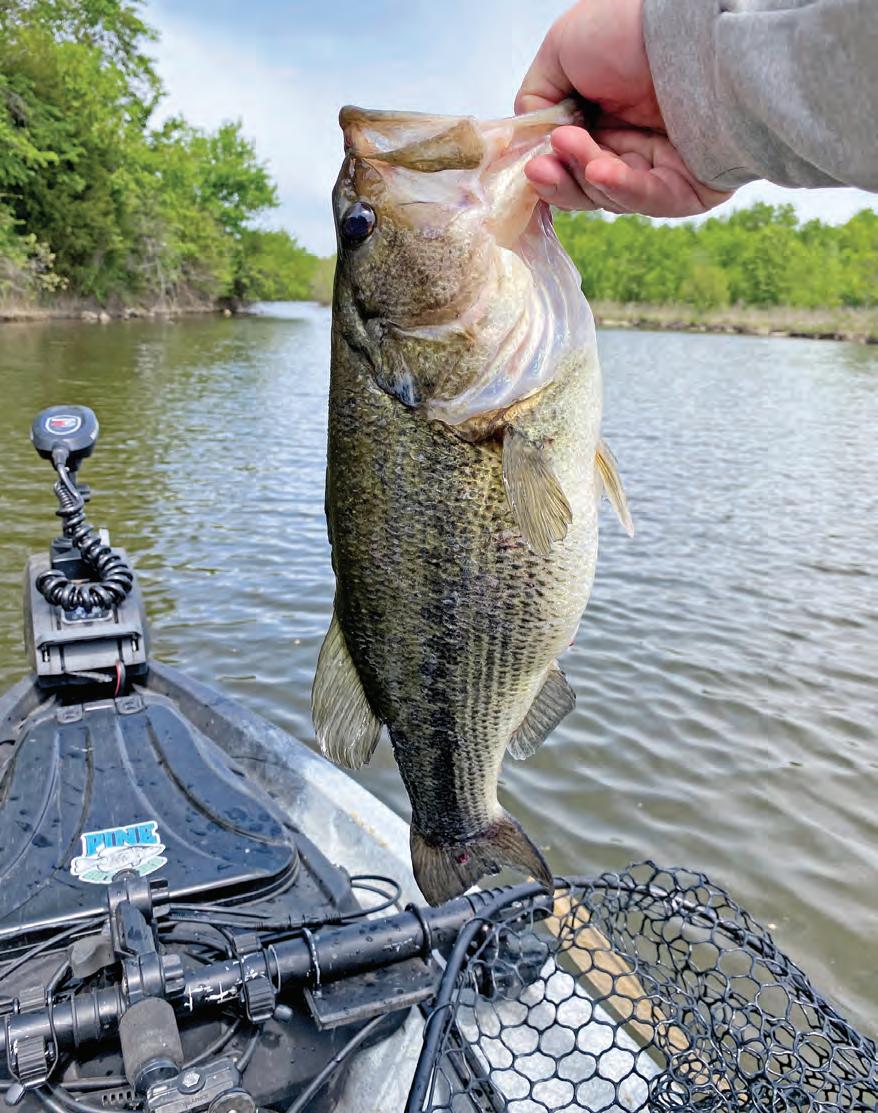
I want my lure hitting every rock on the retrieve back because this often triggers a bite. The same holds true for fishing around laydowns and brushpiles. I don’t want to get snagged, but I’ve gotten so many bites after bumping into submerged limbs.
Fishing in these two areas has helped me catch loads of bass on a crankbait, plus a few catfish.
When to Fish a Crankbait in a Kayak
I fish a crankbait year-round. However, I change the style. In the cooler months, I tend to break out a lipless crankbait the most. As the water warms, I switch to a squarebill, and once I’m sure the fish have moved to deeper water, I’ll tie on a deep-diving crankbait during the hottest times of the year.
Coty Perry is a third-generation angler, who has a lot of experience on the water and loves sharing what he knows on anglers.com.
Fish Mapping is SiriusXM Marine’s most comprehensive plan ($109.99/month), built to help you find fish faster and stay safe on the water. The service provides fishing and weather info to boaters in the contiguous United States directly on your boat’s display. Plus, for no additional cost, subscribers can download and use the app to access fishing features on shore to plan ahead.
The Fish Mapping App provides access to the same eight dedicated fishing features available on your MFD plus two additional features exclusively available only on the app. (See all fishing features on reverse.)
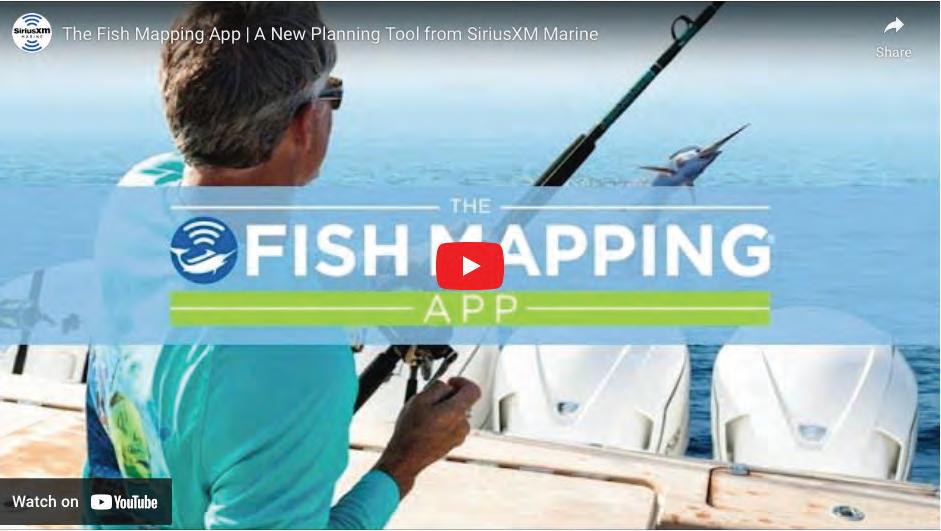
The onboard, satellite-delivered service also comes with all of SiriusXM Marine’s weather info, including radar, lightning, storm warnings, wind/wave info, and more. The data is overlaid directly on your charts so you can see information relative to the location of your boat.

You can also add over 150 channels of SiriusXM entertainment at a discount. Note: Weather features are not available on the app.
SXM Marine’s Fish Mapping App is available free for subscribers to download on Android and iOS.
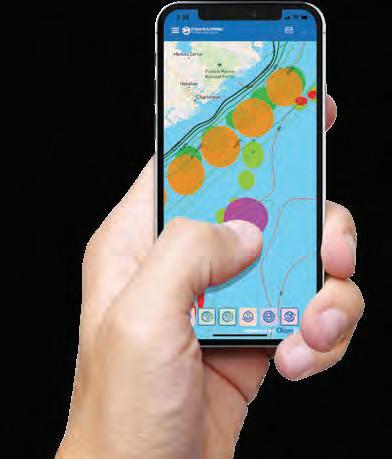
Purchase any new eligible marine receiver by 12/31/23, activate by 1/31/24 with a SiriusXM Marine subscription, maintain 60 days of paid continuous service, and receive a $100 SiriusXM Rewards Visa® Prepaid card.

Visit siriusxm.com/MarineOffers
Fish Mapping is available on compatible Garmin systems using the GXM 54, Simrad & Lowrance systems using the WM-4, Furuno systems using the BBWX4, and Raymarine systems using the SR200.
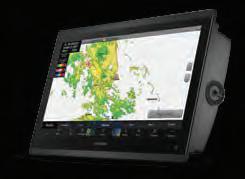
Trial includes 1 month of Fish Mapping and Platinum plan entertainment.
Abbreviated Rebate Offer Details: Purchase a new eligible receiver between December 1, 2022 and December 31, 2023, activate it with any SiriusXM Marine Weather or Fish Mapping subscription plan by January 31, 2023 and MAINTAIN 60 DAYS OF CONTINUOUS PAID SERVICE to receive a $100 SiriusXM Rewards Visa® Prepaid Card. If activating the receiver with a free trial subscription, you must maintain 60-days of paid service after the trial period ends to qualify for the rebate. A credit card is required for subscription purchase. Fees and taxes apply. The subscription plan you choose will automatically renew thereafter and you will be charged according to your chosen payment method at the then-current rates. Please see our Customer Agreement at www.siriusxm.com for complete terms and how to cancel, which includes calling us at 1-800-985-9200. All fees, content and features are subject to change. Subscription and hardware sold separately. Visa Prepaid Card Details: Card is issued by Pathward, N.A., Member FDIC, pursuant to a license from Visa U.S.A. Inc. No cash access or recurring payments. Can be used everywhere Visa debit cards are accepted. Card valid for up to 6 months, funds do not expire and may be available after card expiration date, fees may apply. Terms and conditions apply.
Visit www.siriusxm.com/marinerebate (Offer Code: 23-89491) for complete rebate terms, a list of eligible receivers, and to submit your rebate claim online or download an Official Rebate Form to submit by mail. All requests must be submitted/postmarked by March 1, 2024. Limit: 1 rebate per receiver, 3 per address. Valid in the 50 U.S. & D.C. Void where prohibited.
1-Month Trial Offer Details: Activate a new monthly subscription to either: (i) SiriusXM Marine Fish Mapping or (ii) SiriusXM Marine Fish Mapping and SiriusXM Platinum Plan audio on the same device, and receive your first (1) month free for each activated service (a savings of $109.99 on Fish Mapping and $23.99 on Platinum Plan), plus get free device activation (an additional savings of $25). A credit card is required on this offer. Service will automatically renew every month thereafter and, at the beginning of your second month, you will be charged at then-current rates (currently, $109.99/mo. for Fish Mapping and $23.99/mo. for Platinum Plan). Fees and taxes apply. You must cancel your subscriptions during your promotional period(s) to avoid future charges. Please see our Customer Agreement at www. siriusxm.com for complete terms and how to cancel, which includes calling us at 1-800-985-9200. All fees, content and features are subject to change. This offer may be modified, suspended or cancelled at any time. Subscription and hardware sold separately.
The app includes all of fishing features available onboard, plus ocean currents and historical data, overlaid on a chart with bathymetry to help you plan your trip on shore.
Note: Weather features are not available on the app.

Fishing Recommendations
View locations overlaid on your charts oceanographers recommend to find specific types of game fish, based on data-driven analysis. Updated 2x/week.
Weed Lines
View concentrations of floating algae/plants, which provide nutrients and cover, and are habitats for bait fish, and attract larger, predatory game fish. Updated every 24 hours.
Sea Surface Height Anomaly
View locations where the sea surface height is different than the surrounding areas including fronts, eddies, upwellings and downwellings. Identified by radar and modeling and updated every 24 hours.
Sea Surface Temperature Contours
View contour lines of sea surface temperature breaks to help locate your target species based on their preferred temperature range. Updated every 3 hours.

Sea Surface Temperature Front Strength
View ocean temperature “fronts” that are distinct boundaries between bodies of water, concentrating nutrients and attracting bait fish and game fish. Updated every 24 hours.
30m Subsurface Sea Temperatures
View the water temperature 30 meters below the surface to identify areas with the preferred temperature range where your target game fish are likely to hunt. Updated every 24 hours.
Plankton Concentration Contours
View areas of plankton concentration. Plankton is the primary food source for most bait fish, which attract hungry game fish. Updated 5 AM every 24 hours.
Plankton Front Strength
Locate the areas of greatest plankton concentrations with murky, nutrient-rich water favorable for bait fish, next to clear, predator-preferred water. Updated 5 AM every 24 hours.
View the direction and speed of ocean currents, which are the directed movement of water generated by wind, water density, and tides.
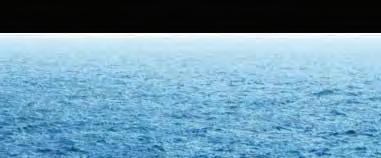
View fishing features on the current day and for 6 days prior.
Available only on the app Available only on the app


Divers put a hurting on invasive lionfish on Sept. 8 and 9 at the 14th annual REEF Florida Keys Lionfish Derby. A record 1,898 lionfish were collected, and a single team set another tournament record by bringing 648 of the nasty critters back to the docks.
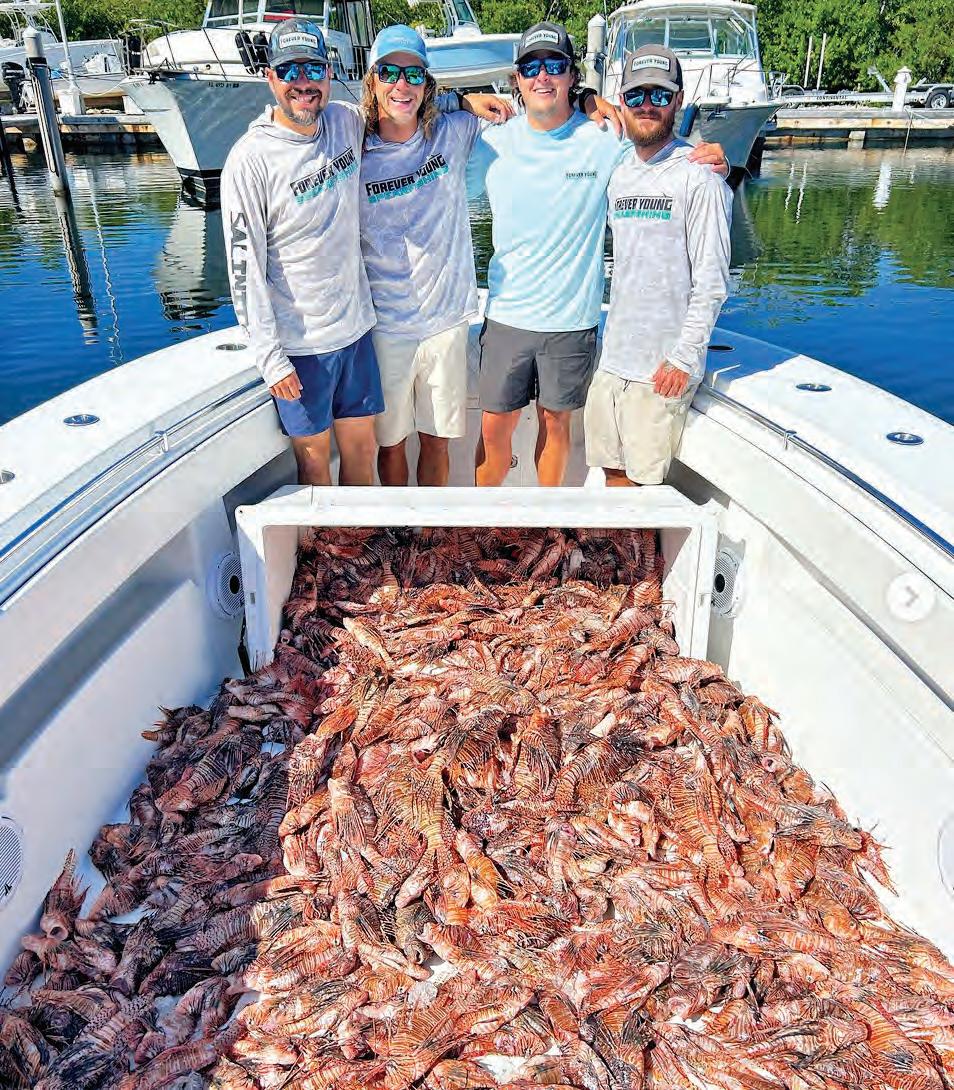
Team Forever Young, led by Capt. Tony Young, of Forever Young Spearfishing, really put in the work and won the “Most Lionfish” division of the tourney. With team members Jason Vogan, Billy Moscatello and Luke Rankin, this is the third time Forever Young has set a new tournament record for total catch.
Overall, 22 teams of divers competed at the event, and $7,000 in cash and prizes were awarded to teams that brought in the most, largest and smallest lionfish. The “Most Lionfish” category included the competitive Apex Predators division and the Reef Defenders division for casual lionfish hunters. Forever Young obviously won the Apex Predators division. Volitans finished second with 291 lionfish, and Team Trash placed
third with 101 lionfish.
In the Reef Defenders division, Men of Science won first place with 156 lionfish. Sea Venom Creations brought in 128 lionfish for second place, Barnacles won third place with 121 lionfish.
Competition was close in the largest and smallest lionfish categories. Barnacles won first place in the “Largest Lionfish” category with a 16.85-inch lionfish. Men of Science’s second place fish measured 16.57 inches, and Forever Young took third with a 16.34-inch fish.
The smallest fish of the derby was 2.36 inches and was collected live by ZooKeeper. Team Will 2 Spear won second place with a 2.83-incher, and Tequila Little Time brought in a 2.99-inch fish, also live, to take third. The two live lionfish will be part of an educational exhibit at the REEF Campus.
In case you been under a rock, lionfish are
native to the IndoPacific and are highly invasive and detrimental to native marine life on our coasts. Events like REEF’s derbies are held all along the Florida coast to both raise awareness of the problem and to cut down on lionfish numbers.
“Lionfish derbies show how a community can come together to support ocean conservation while combating invasive species. It’s so exciting that our teams set a new Florida Keys record of 1,898 invasive lionfish removed. We are very thankful to all of the derby participants, event volunteers, and everyone who attended and helped make the Florida Keys Lionfish Derby & Festival such a great success,” said Alli Candelmo, Ph.D., REEF Conservation Science Manager.
For more information about REEF Lionfish Derbies, visit www.REEF.org/lionfish-derbies.
smaller chicken dolphins. If lures are your thing I prefer Yozuri Crystal Minnows and honestly color doesn’t matter. Pitch around the weed lines or patches and look deeper down for the bigger Mahi. As for Tuna with all the chumming going on, I like to send down a vertical jig on 60#-80# test at least 100’ below the boat. Working your jig through the water column is a good way to fire up any kind of fish that may be lurking around in the shadows. If you have a large diamond jig I’d put some heavy wire in front of it for a chance at a wahoo. Triple Tail are amazing fish on light tackle and I recommend 15#-20# fluorocarbon and #2 Owner hook. Live

If bottom fishing is your go to joy Vermillion snappers, Groupers, and Rock salmon is my target. For Vermillion snappers I like using a 2-3 hook chicken rig mixed with cut squid and Boston mackerel. Let your weight sit right on the bottom and wait for those 2-3 light bites. Rock salmon and Groupers like to hide out in the rocks and caves, so a slip lead is what I like to use. Heavier leader line for Groupers and larger baits close to the bottom. Feel the bite and start cranking. The first 20’-30’ are the most

When it comes to offshore fishing don’t give up. There’s a lot of trial and error. Figure out what works best for you and as always keep your lines out and keep them tight.


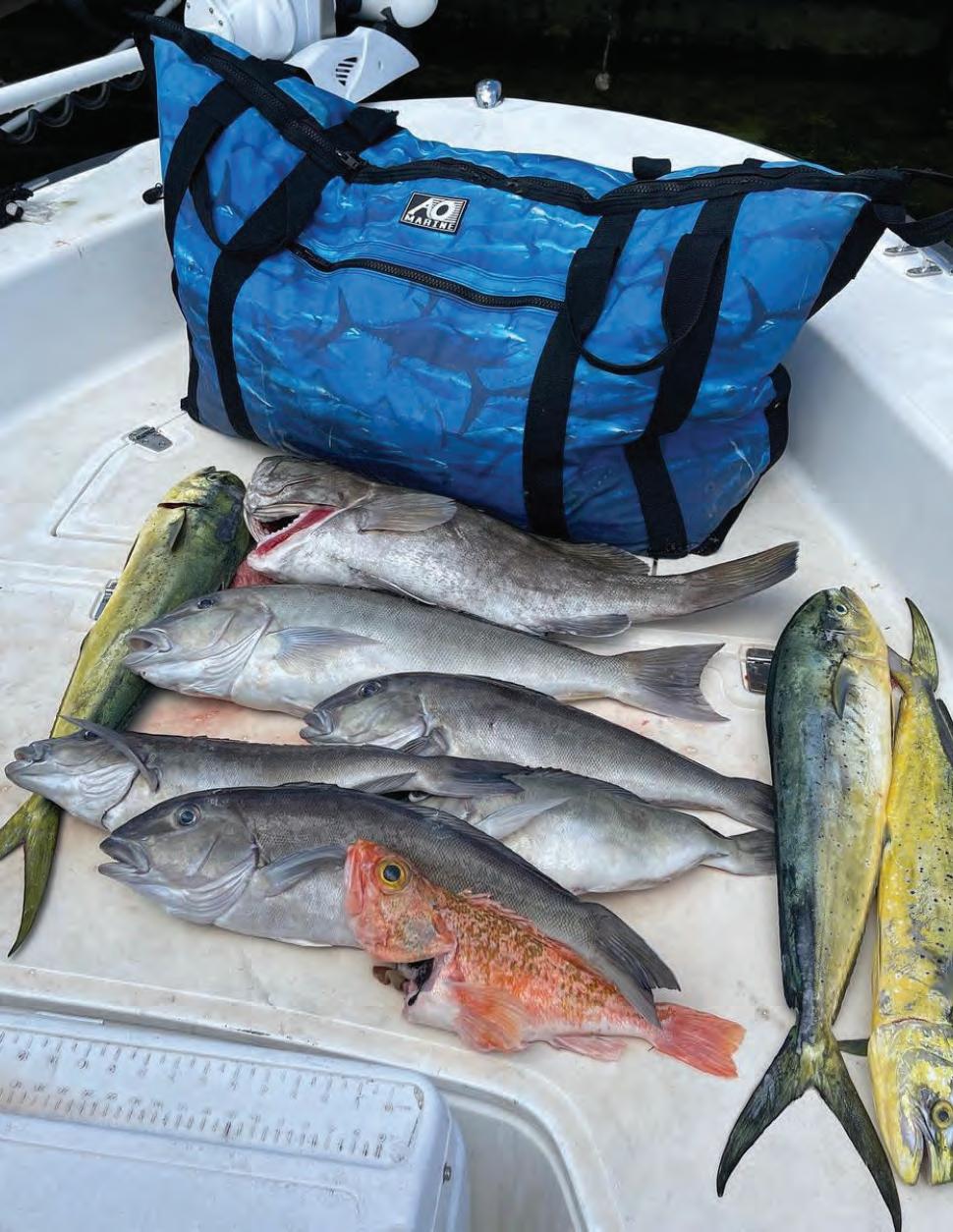

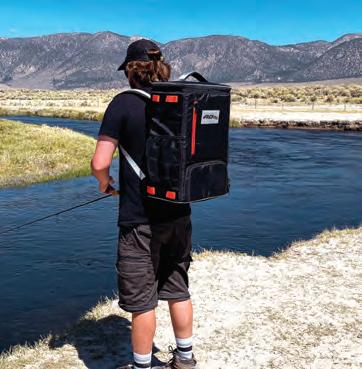

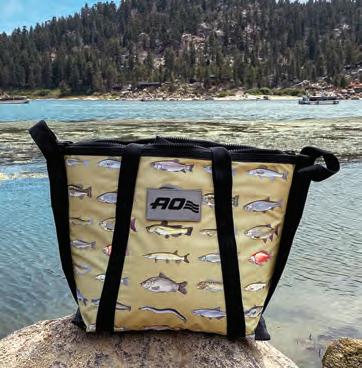

, the leader in high-performance soft-sided coolers, is hitting the water this year with new, upgraded fishing products. Our fishing team partners told us what they needed, and we listened!

Products are in stock and ready to ship; The Fishing Cooler Backpack, 2, 4 & 6ft Fish bags, Fillet bags, Boat fenders, EVA Traction pads, Inflatable Docks, ISUPs, and of course, our high-performance coolers specifically designed for use on boats, guaranteed not to leak, and to keep ice cold for up to 24 hours.



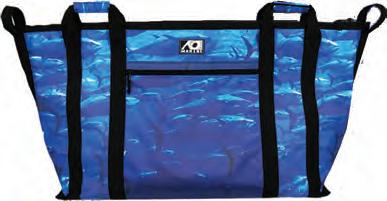
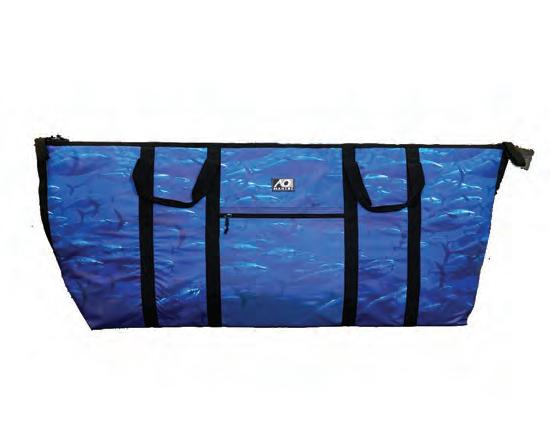

Thirty years ago, AO was launched to provide active, hard-core people with quality products at a reasonable price. We started selling our soft-sided coolers to the hard-core, go-fast boaters and fishermen in Lake Havasu. We aimed to keep ice in our coolers for up to 24 hours in 120-degree Havasu heat. That goal was accomplished 30 years ago, and we’re still at it.



We know our customers; they fish and boat in the summer and ride the dunes or trails in the winter. AO products give those high-octane souls greater freedom to embark on and enjoy what’s important to them.

Make sure that your gear does not hold you back from doing what you love. AO products are built to handle whatever offshore adventure is coming next.
AO is flexibly rugged, seriously fun, and honestly real!
We’re looking for active, adventurous folks that demand quality and performance from their gear. Share your adventure and send us your fish story or photo.

